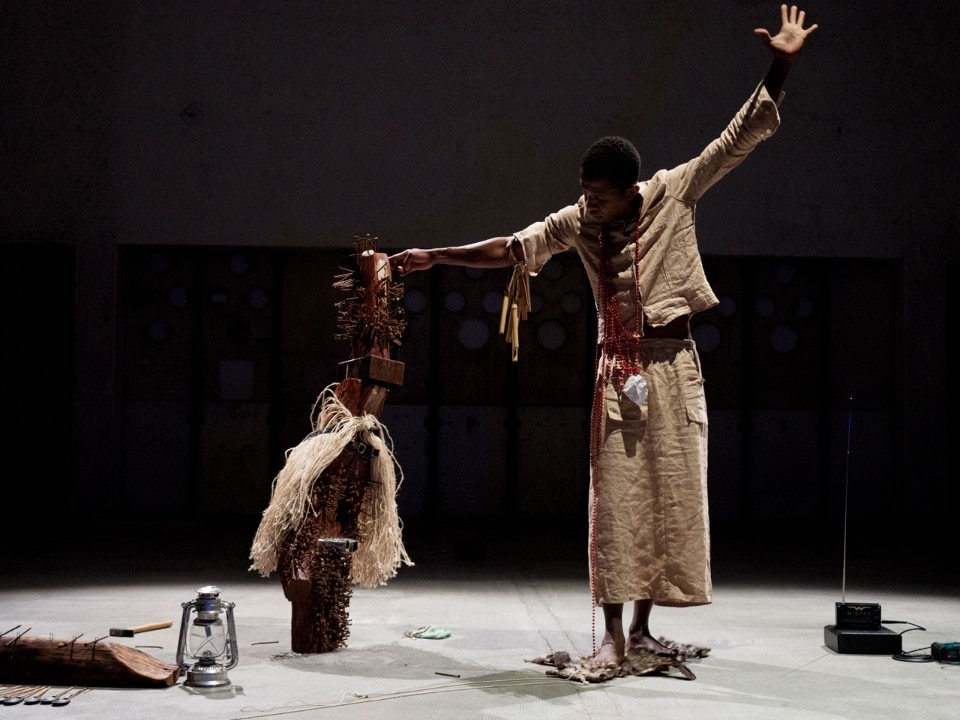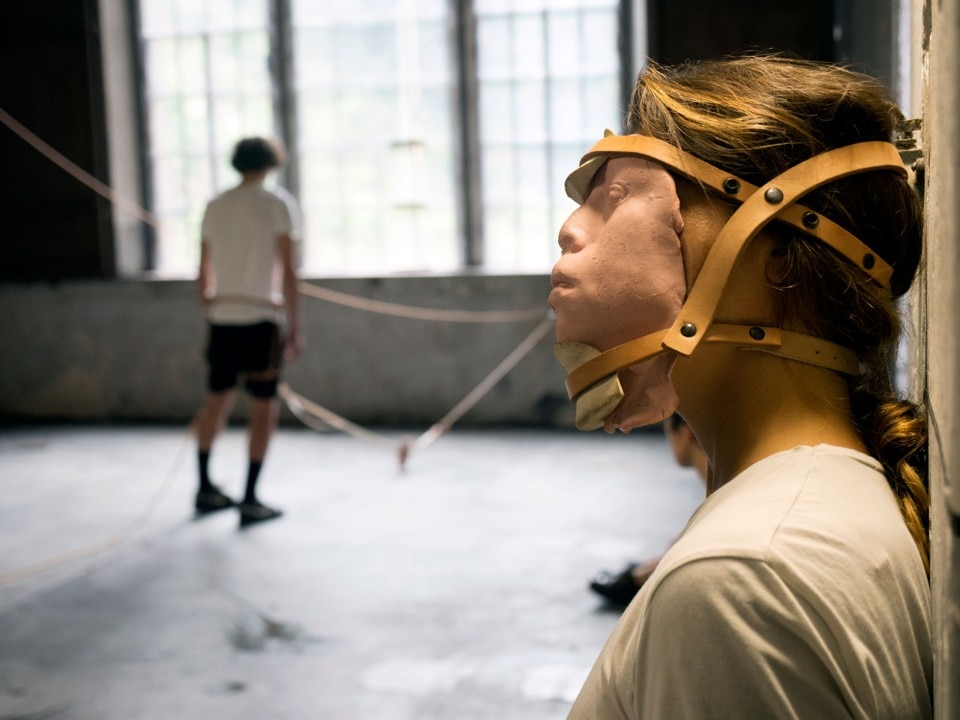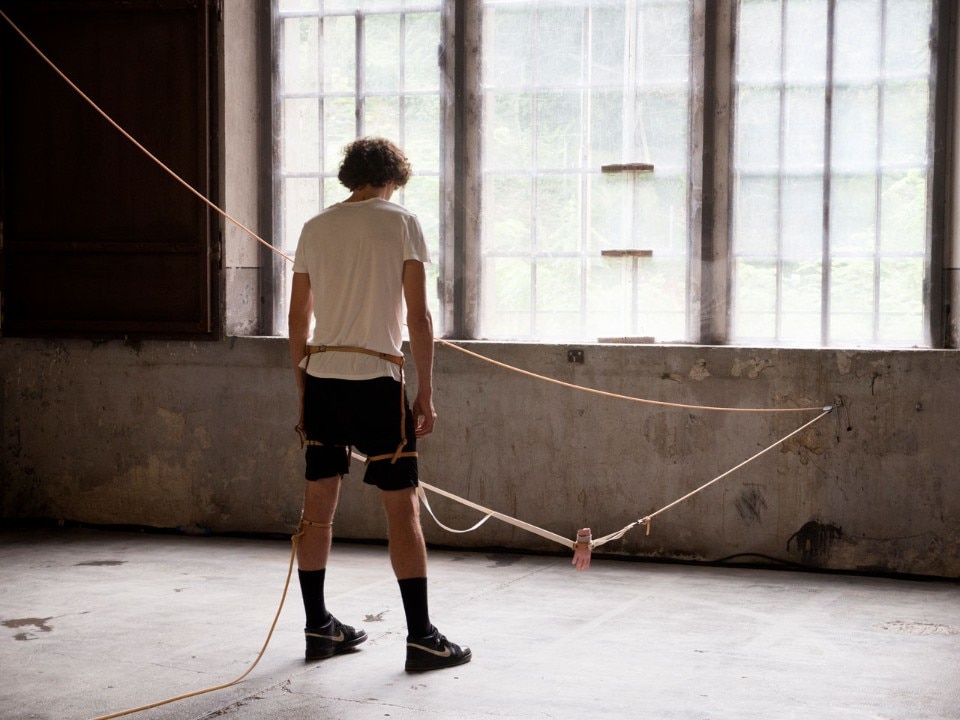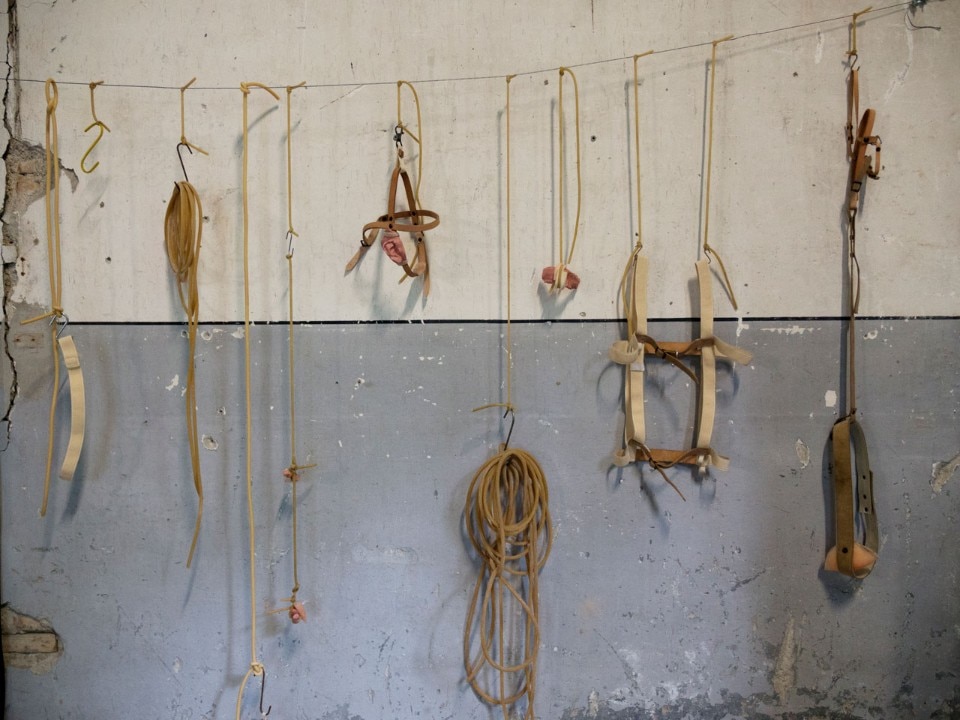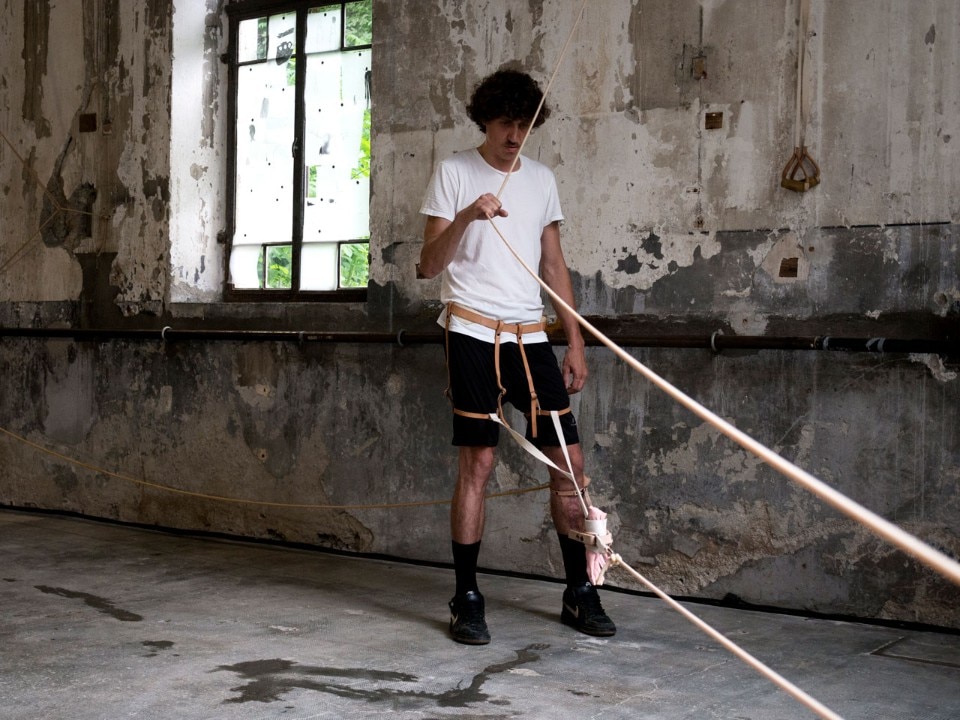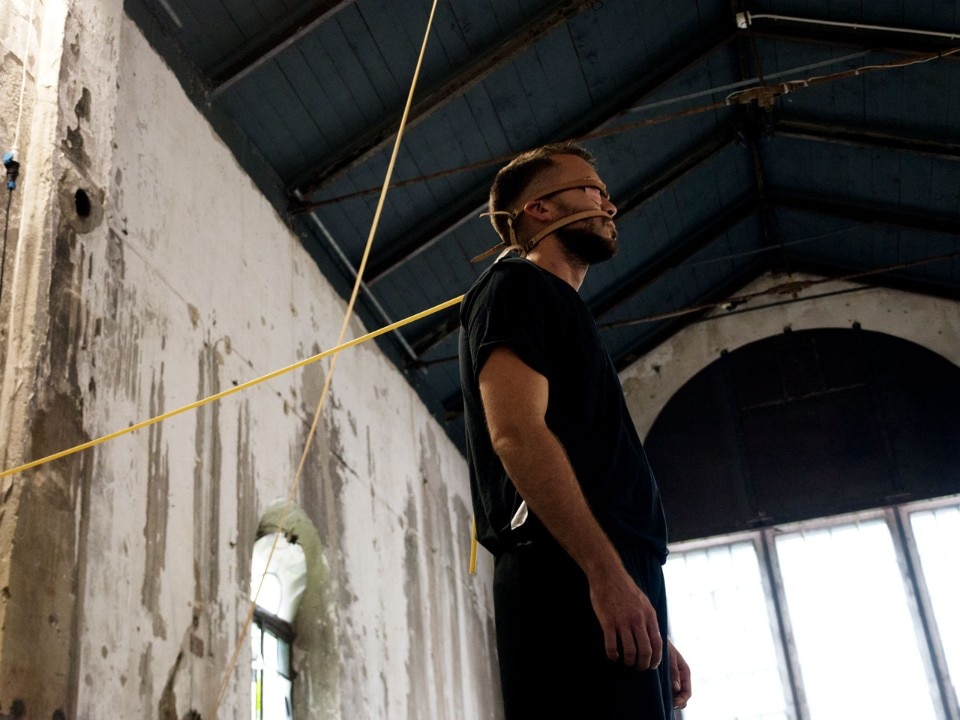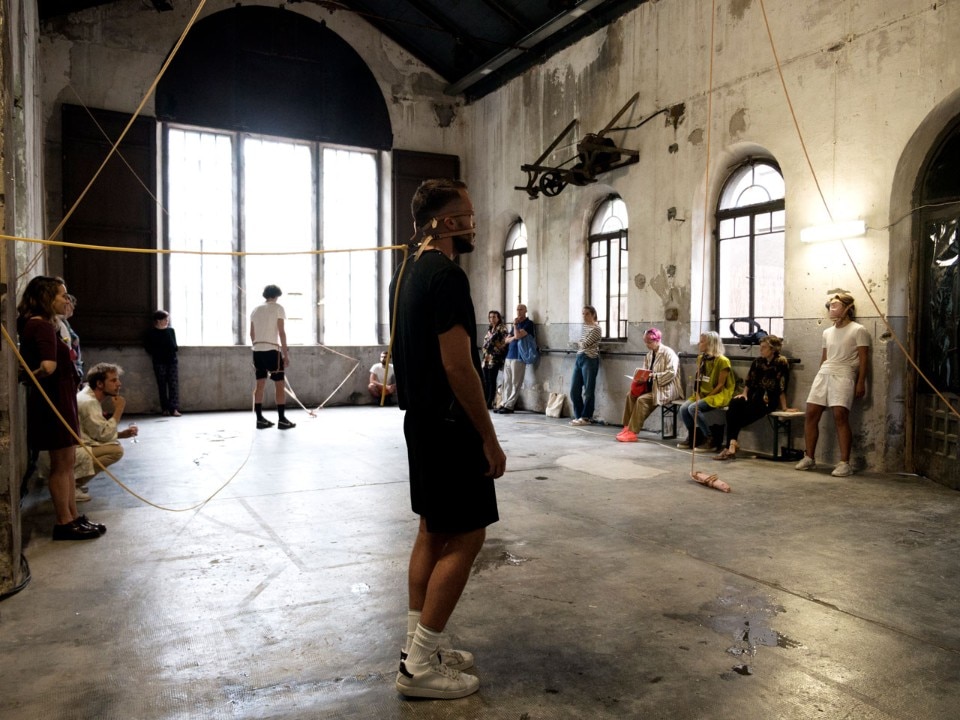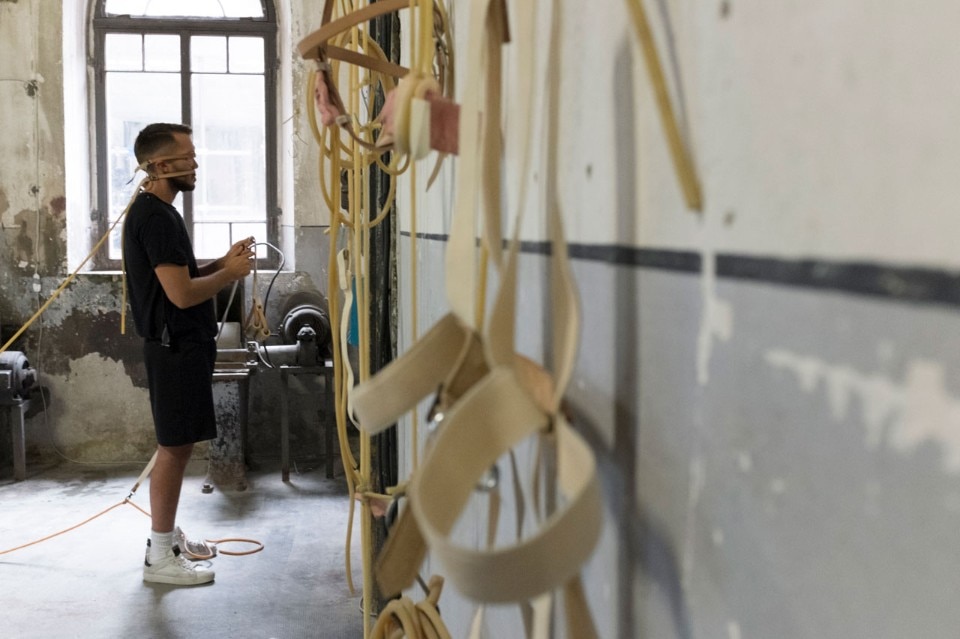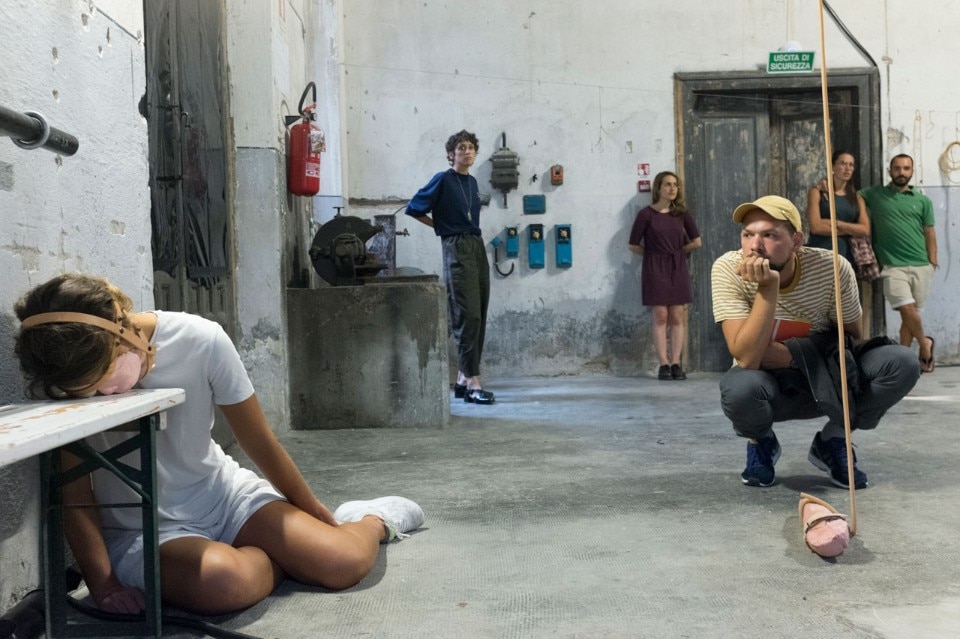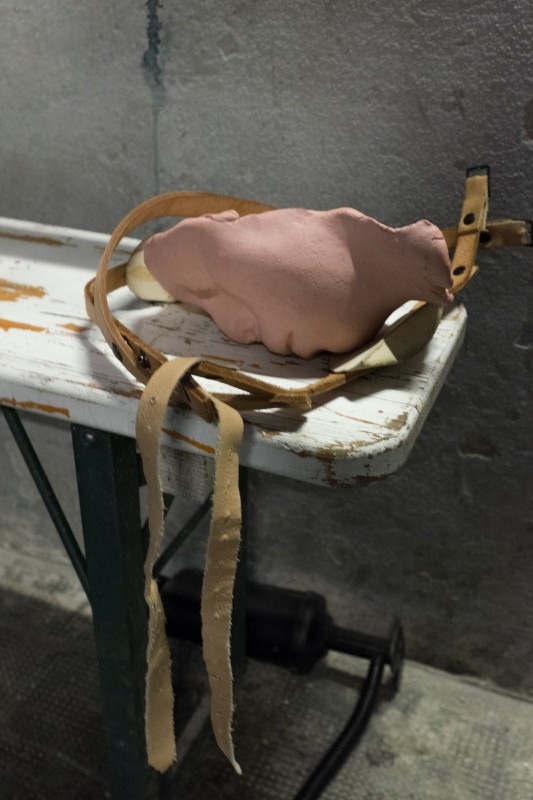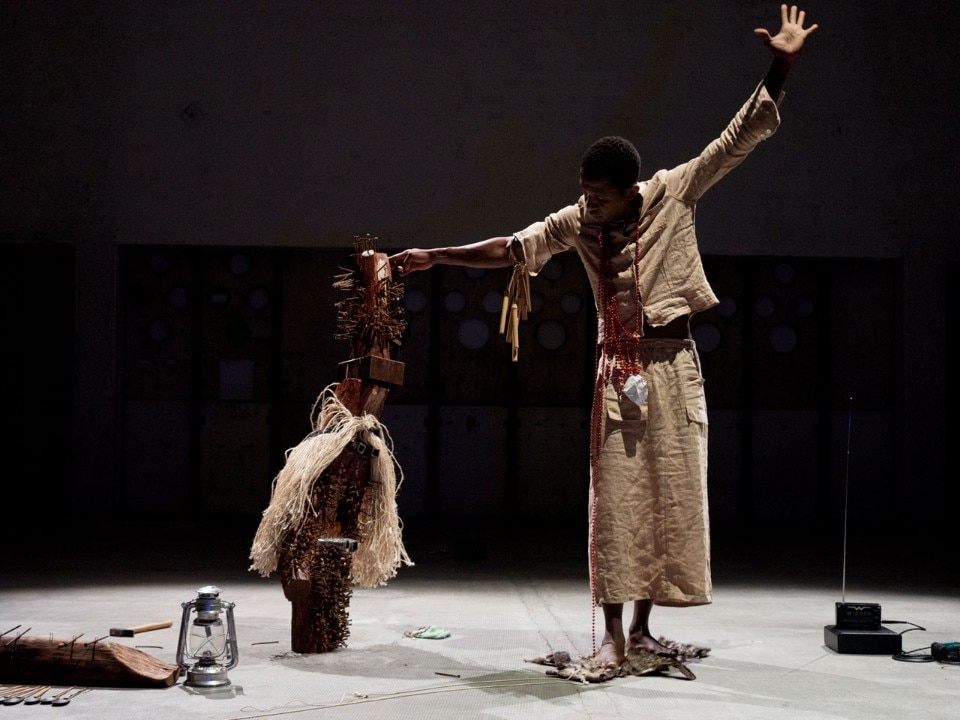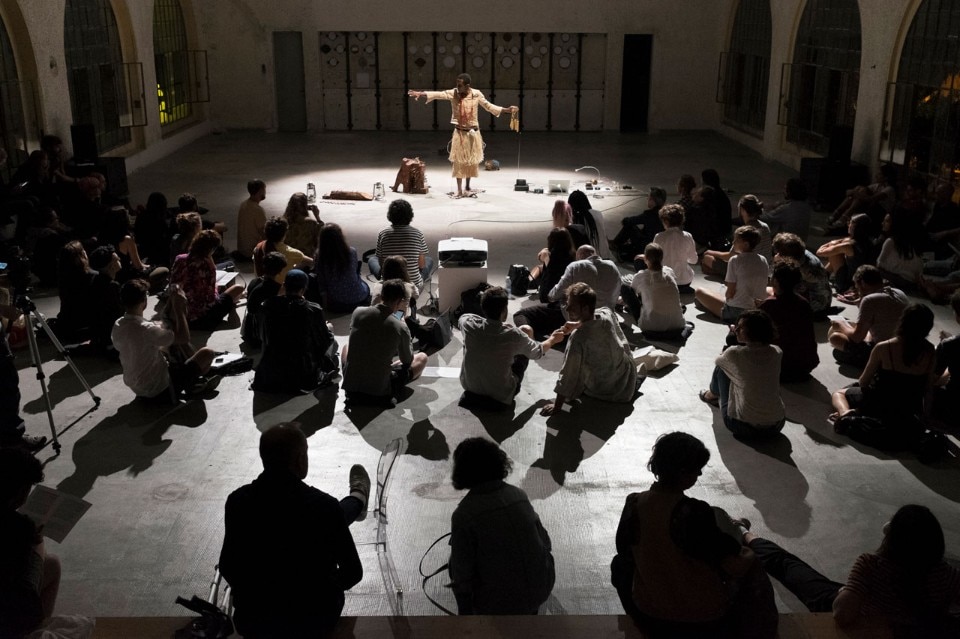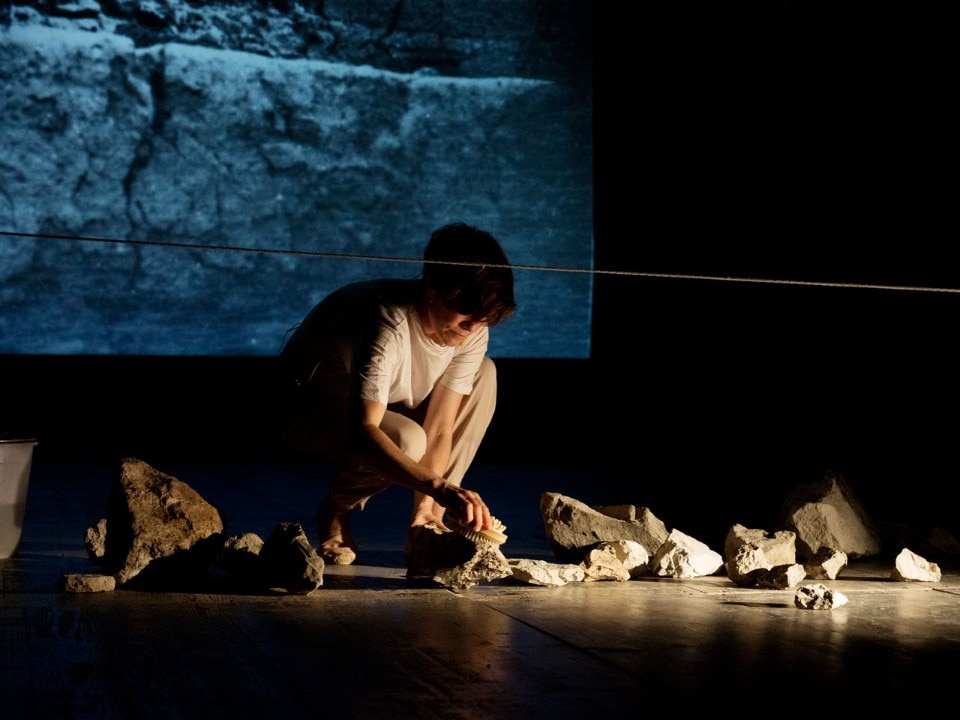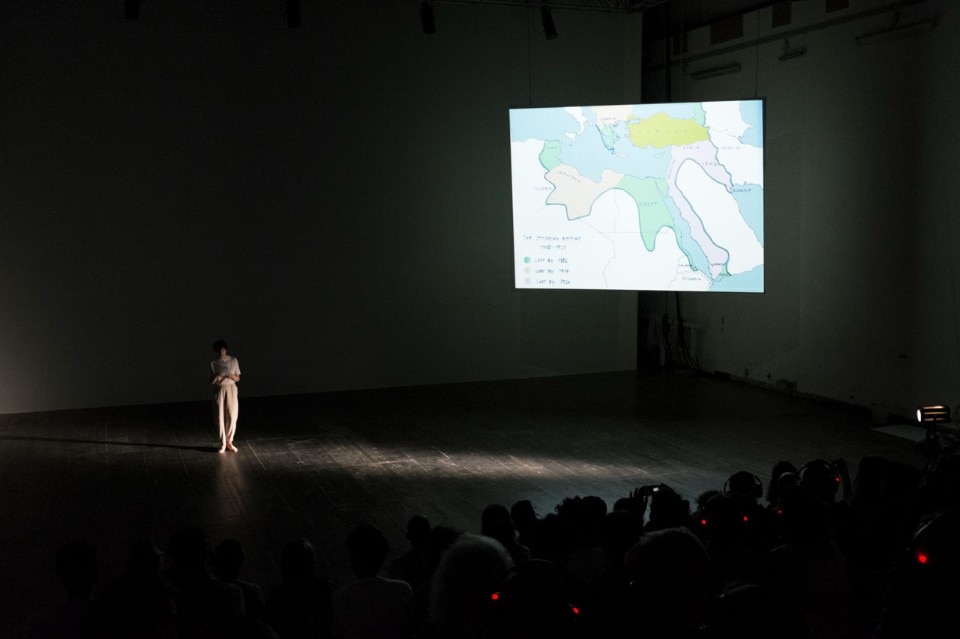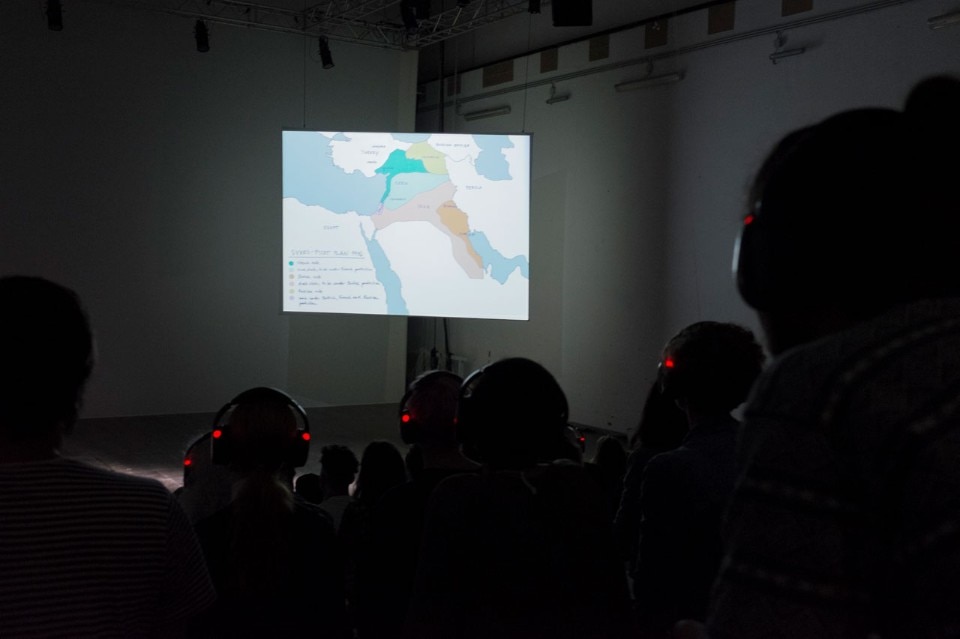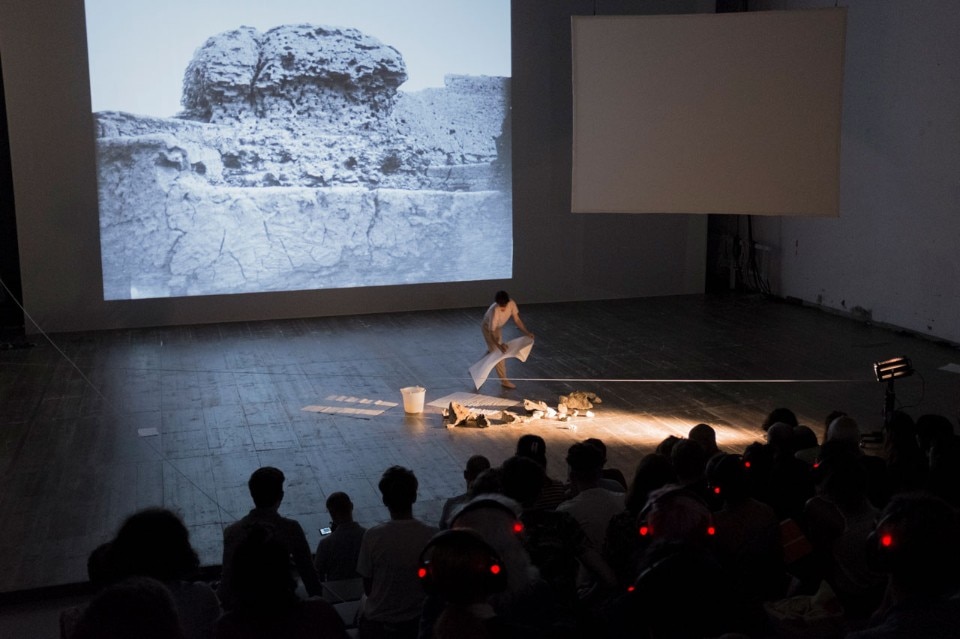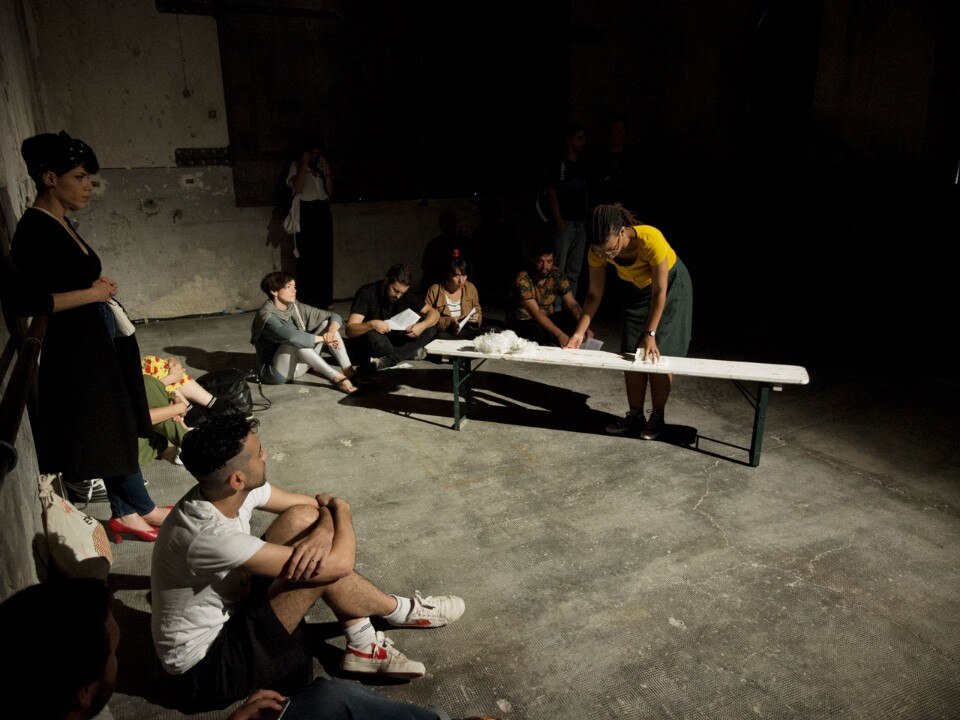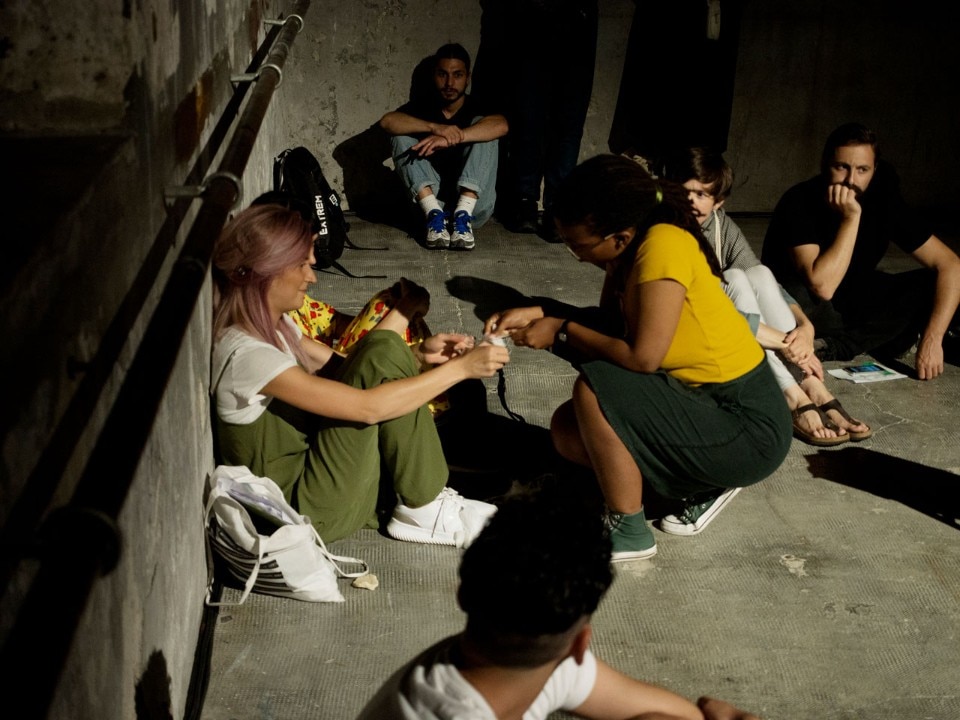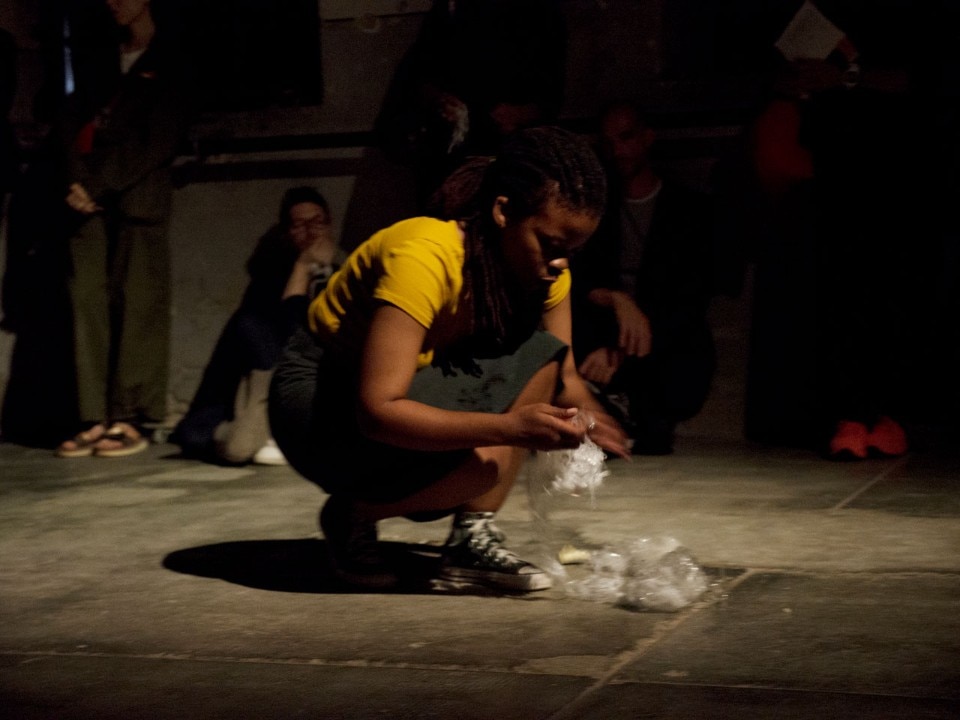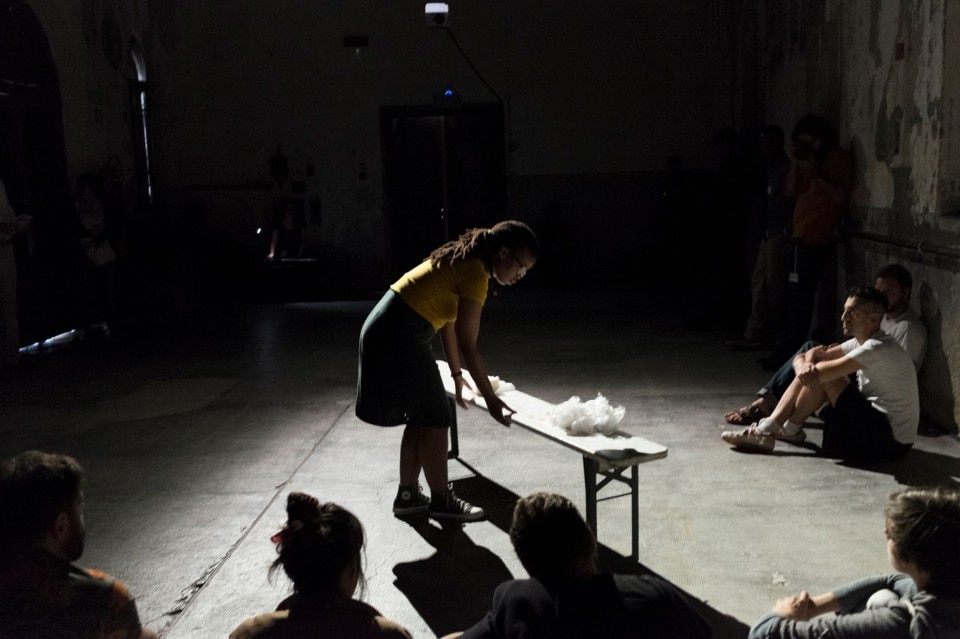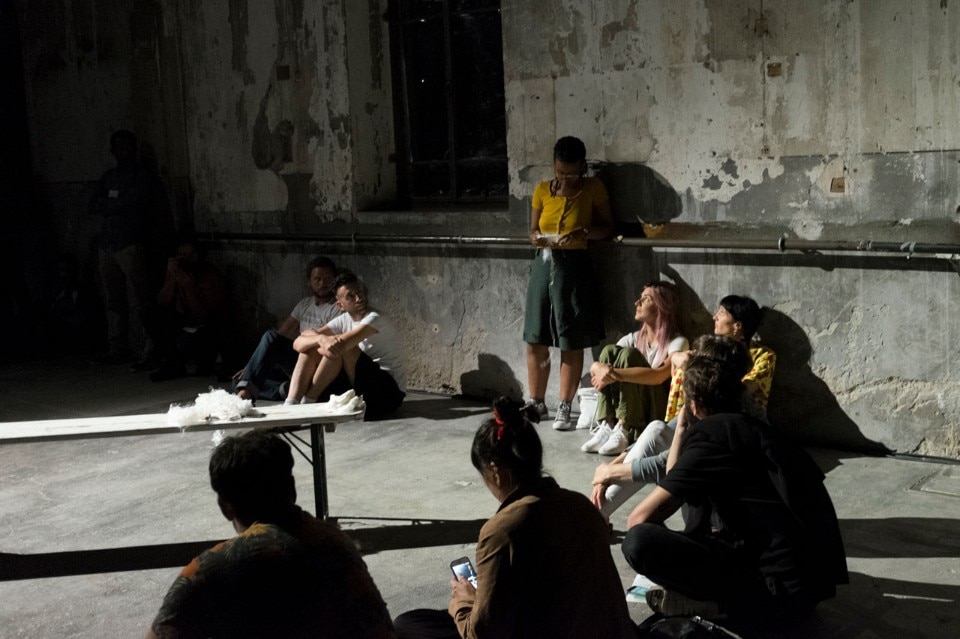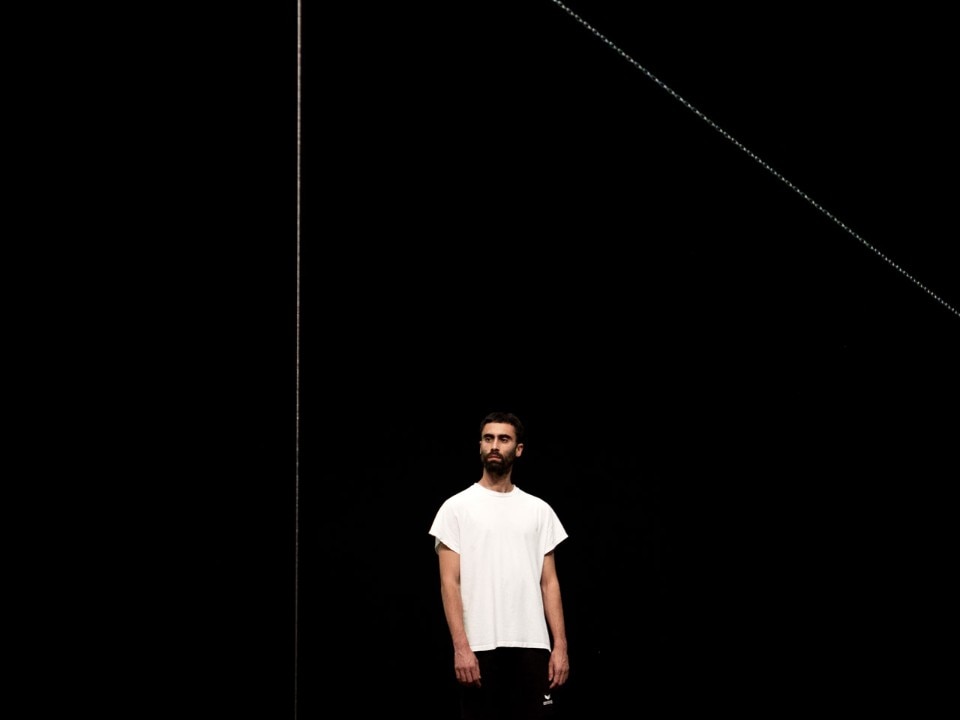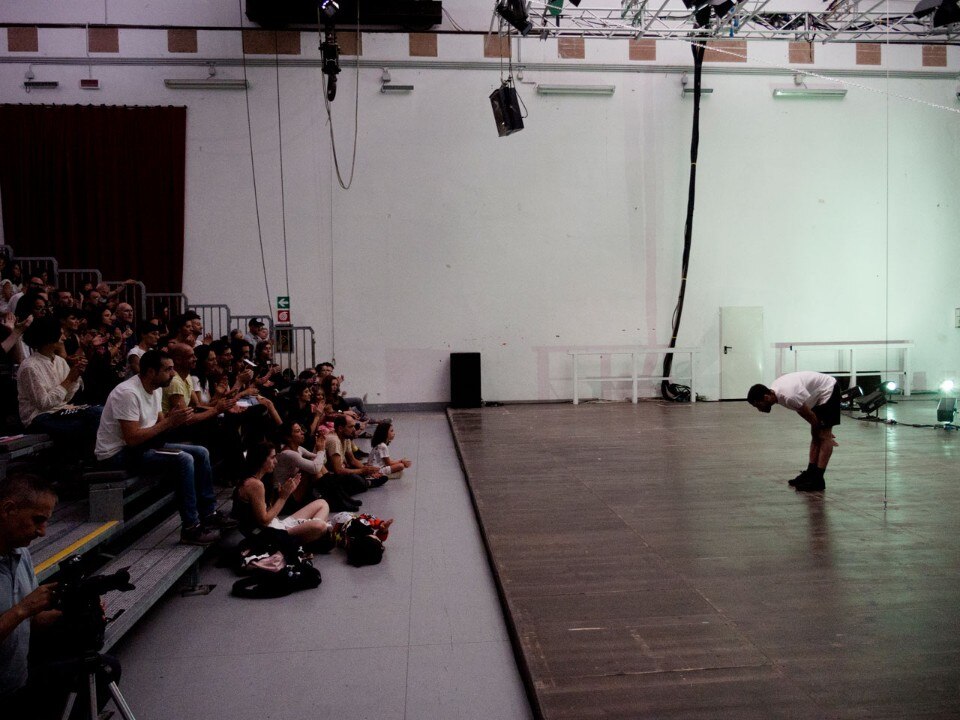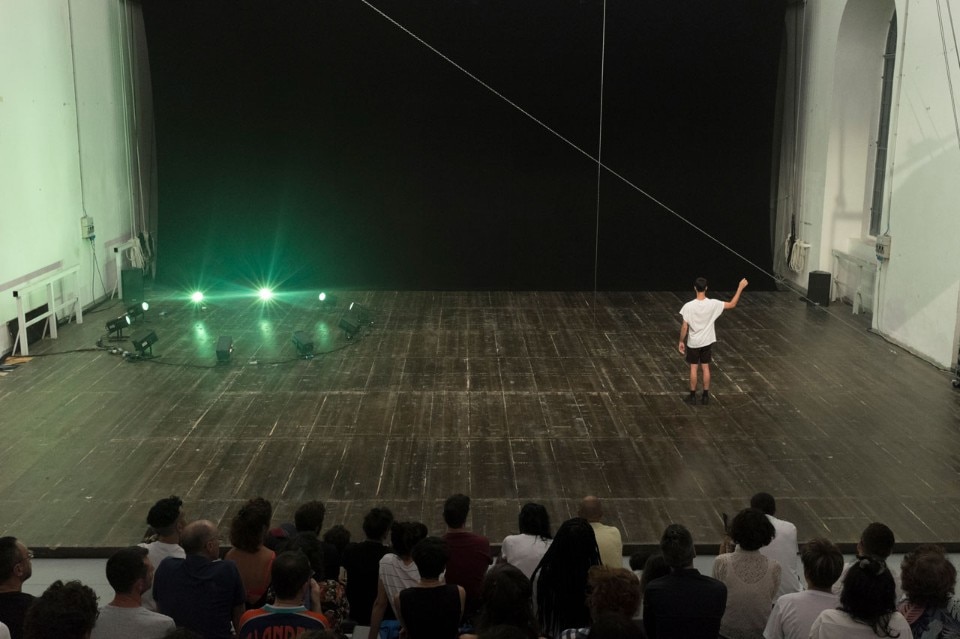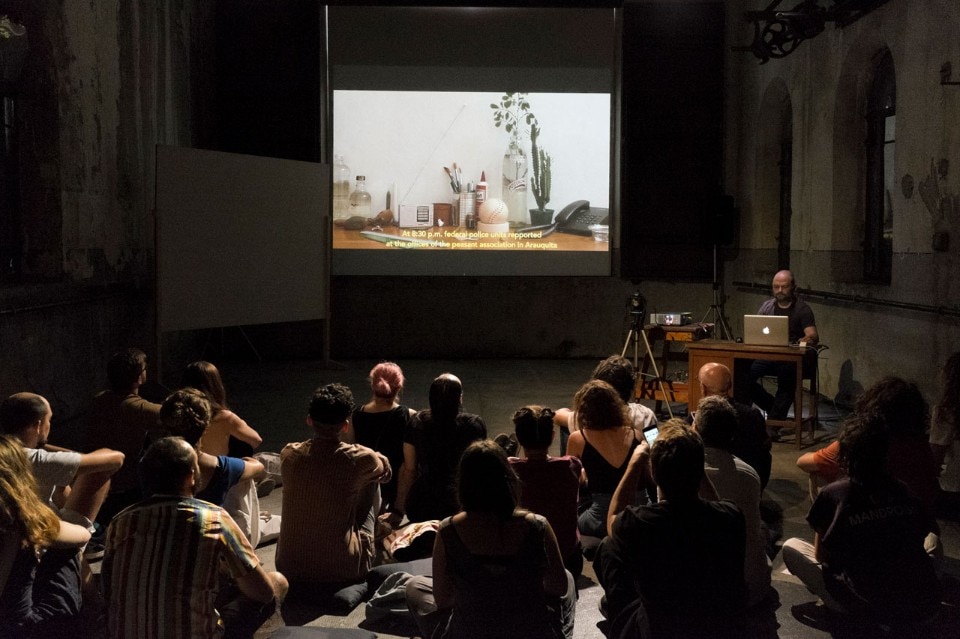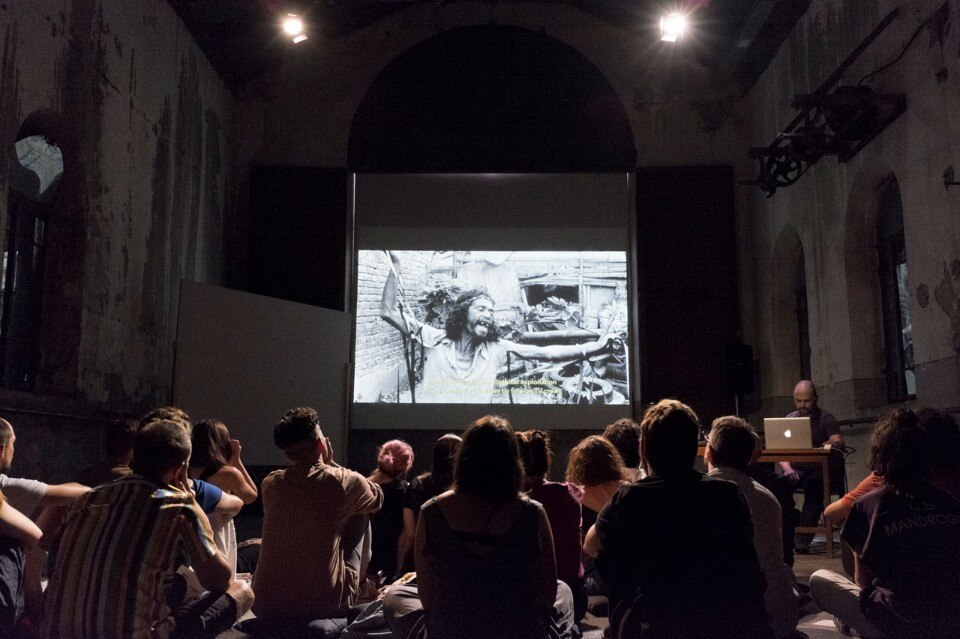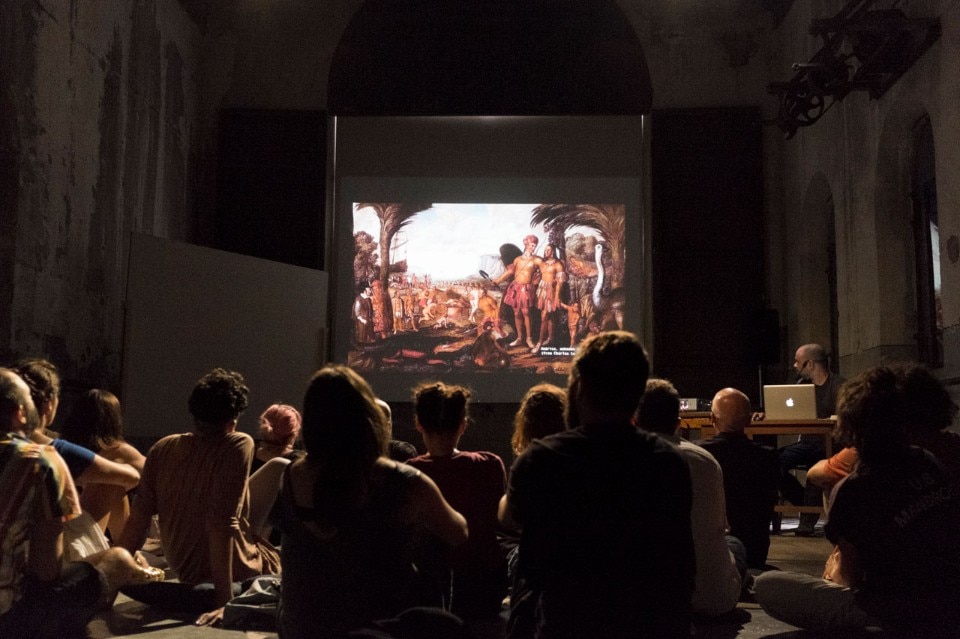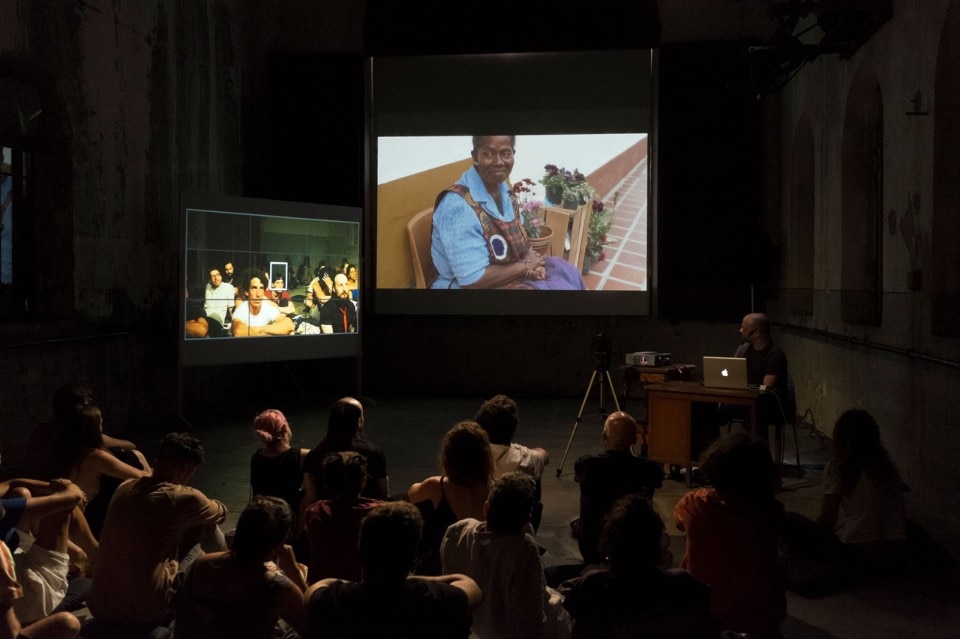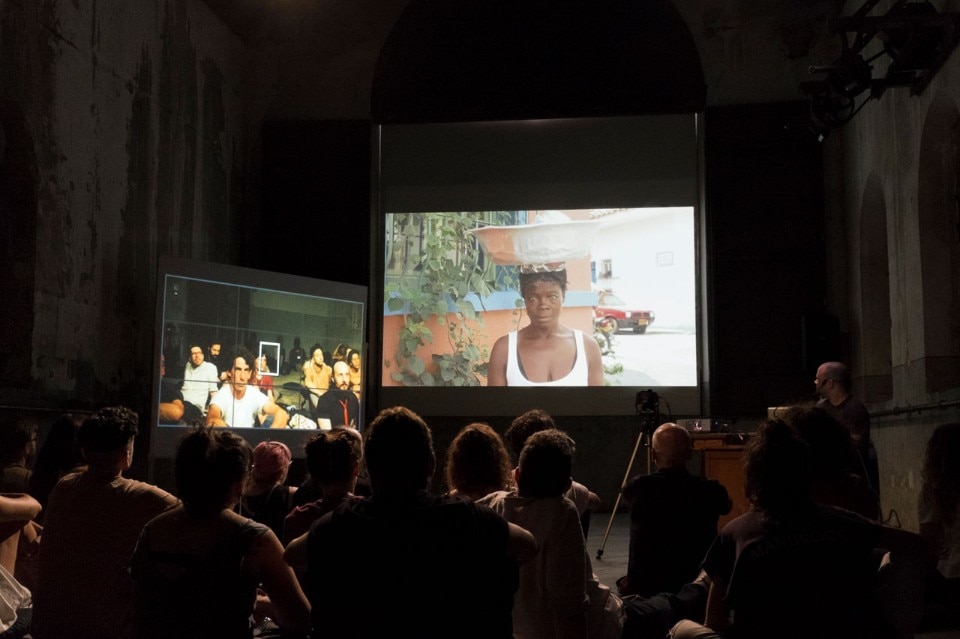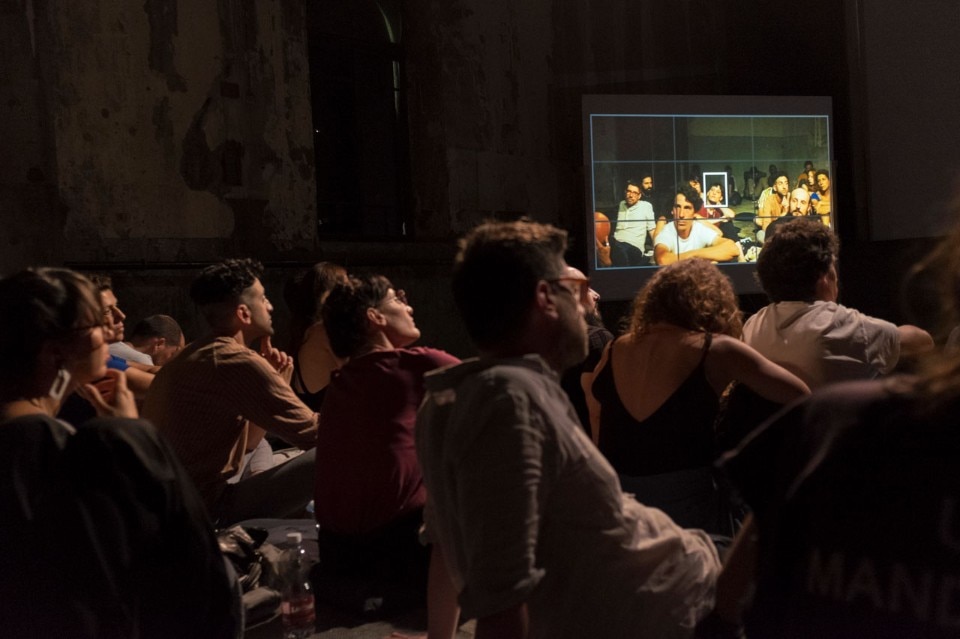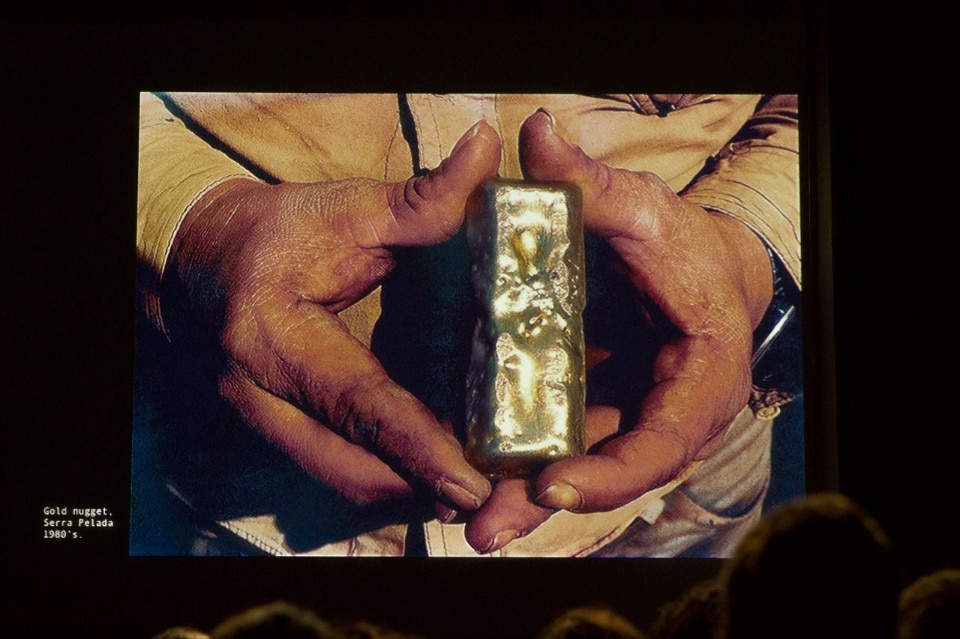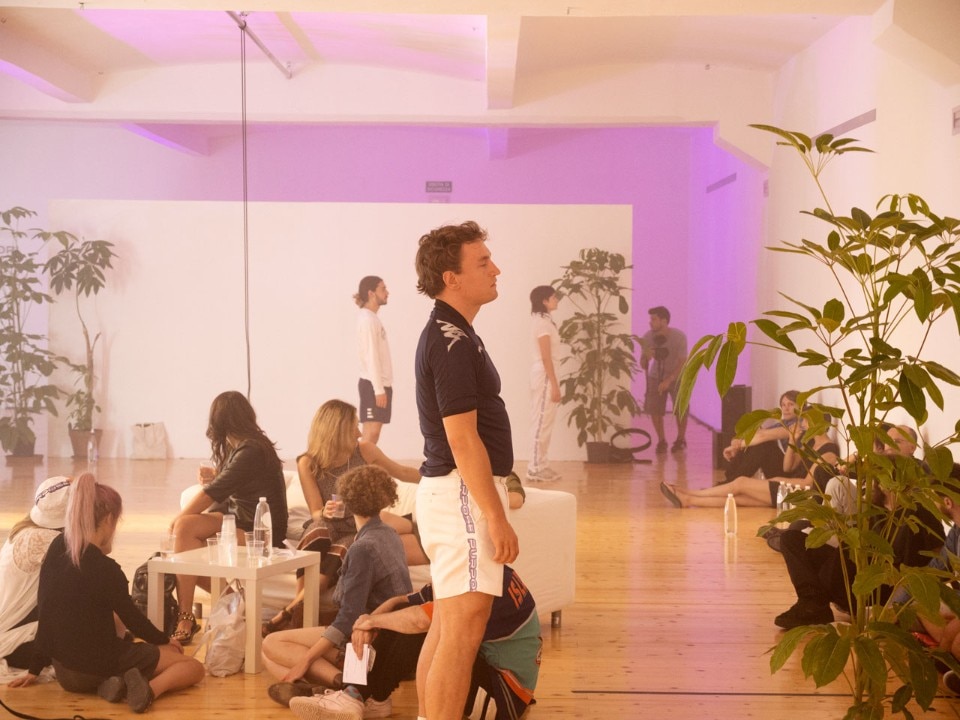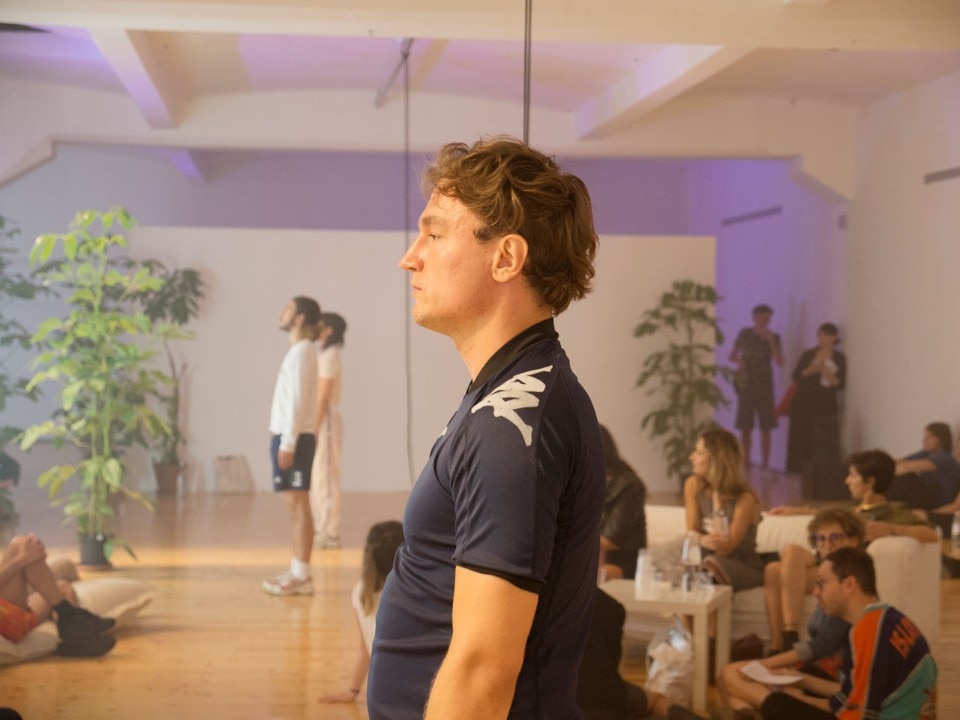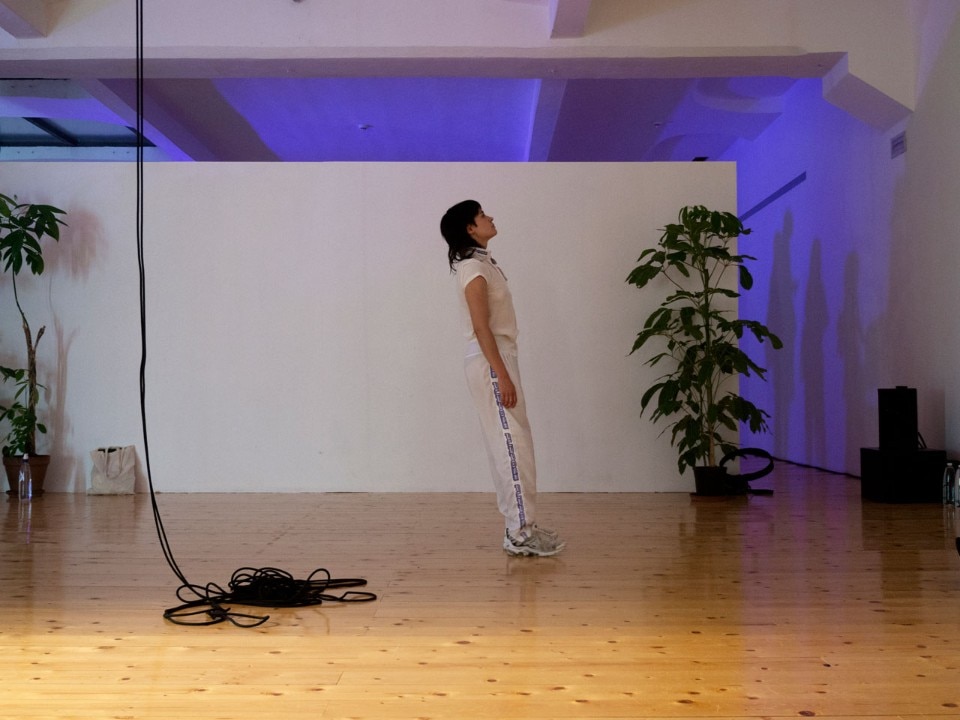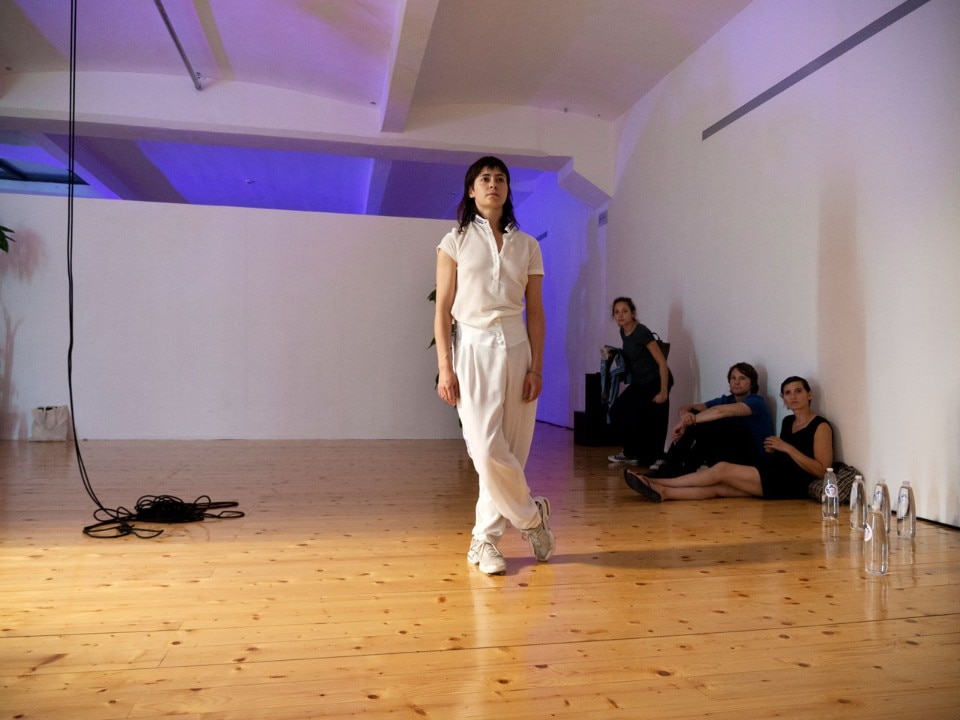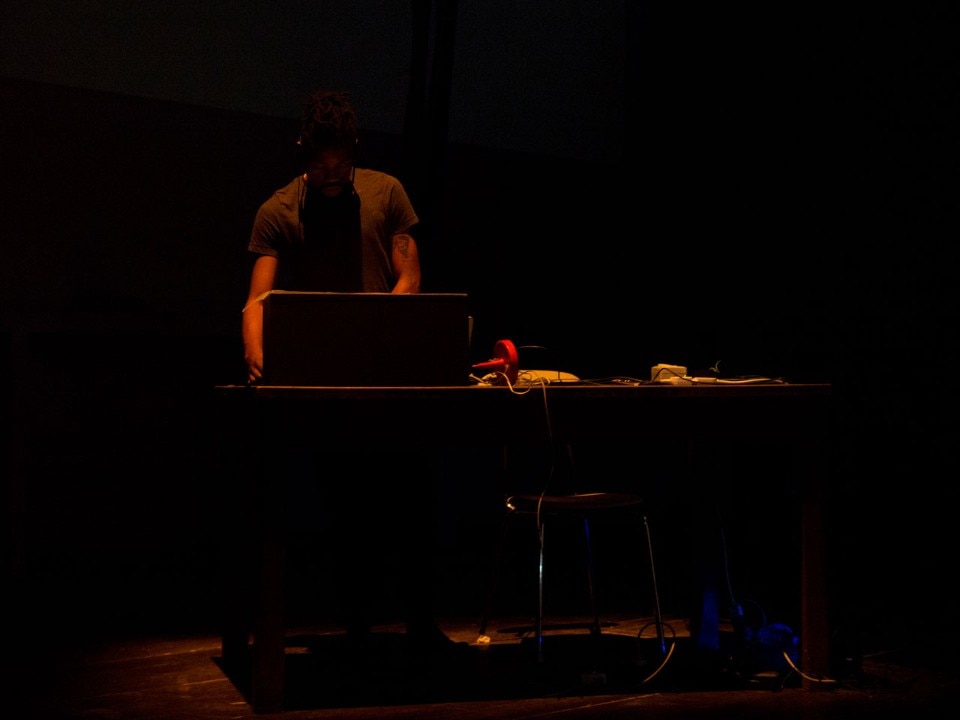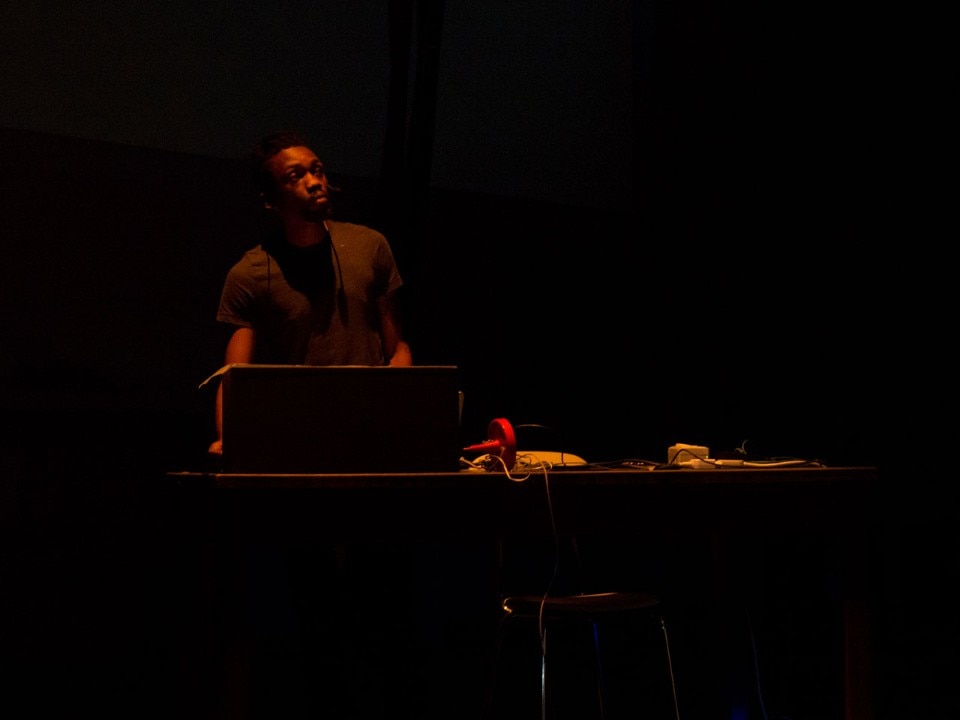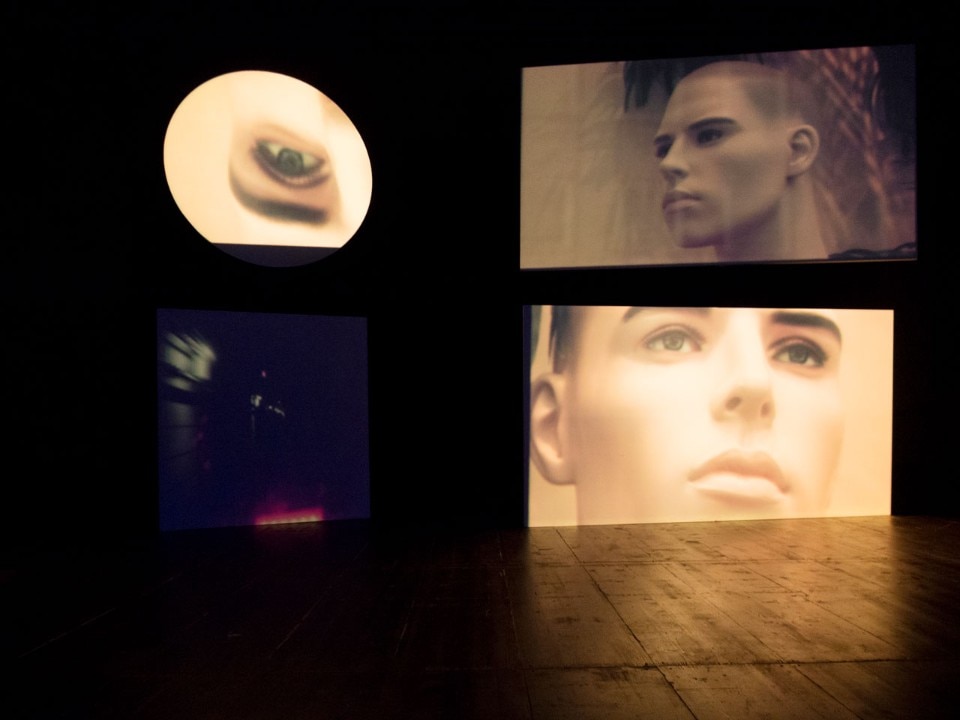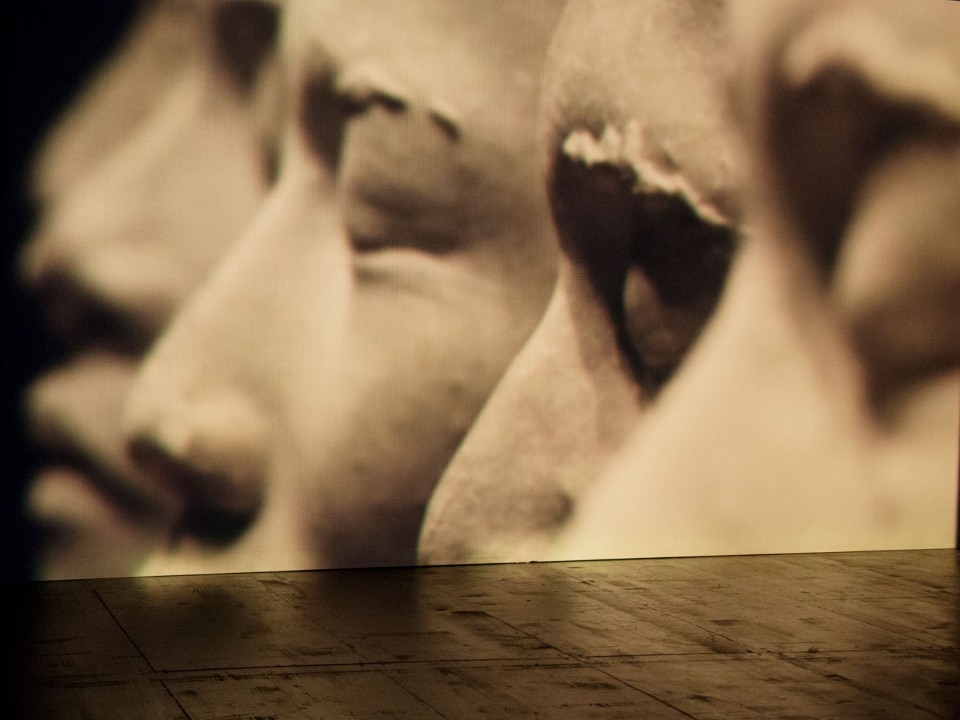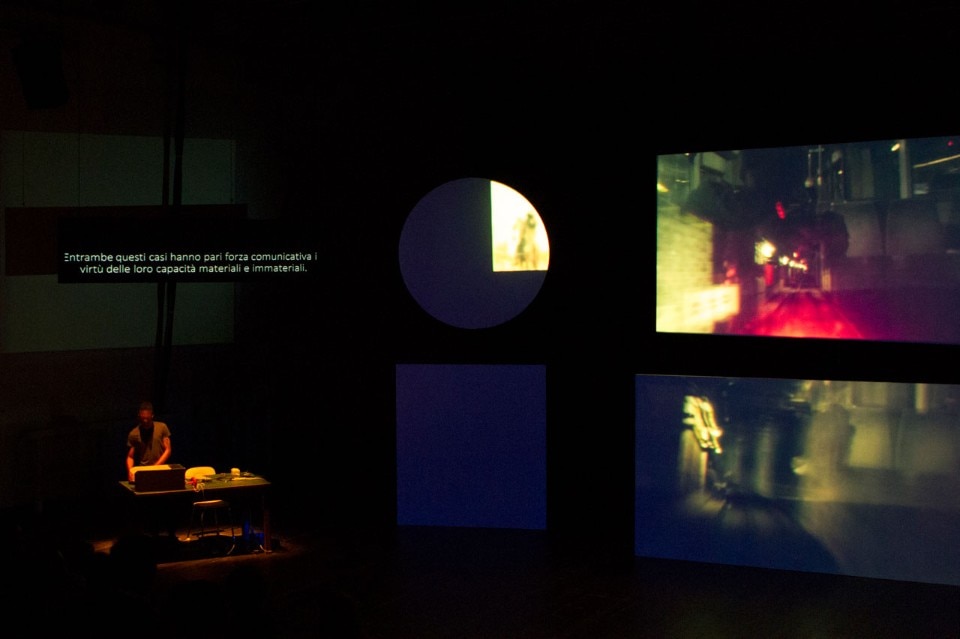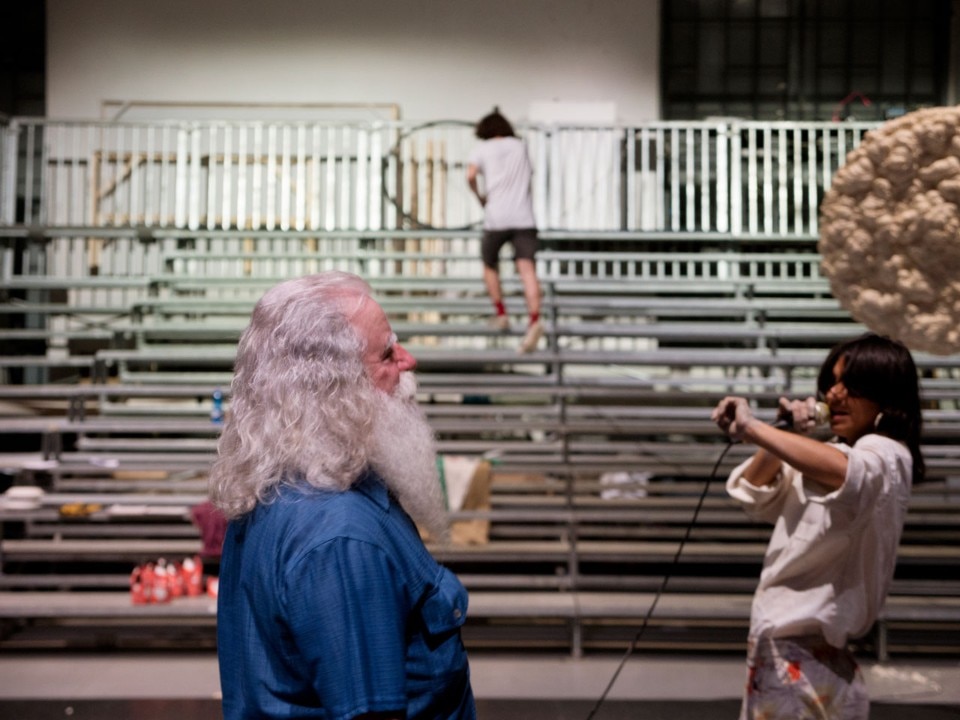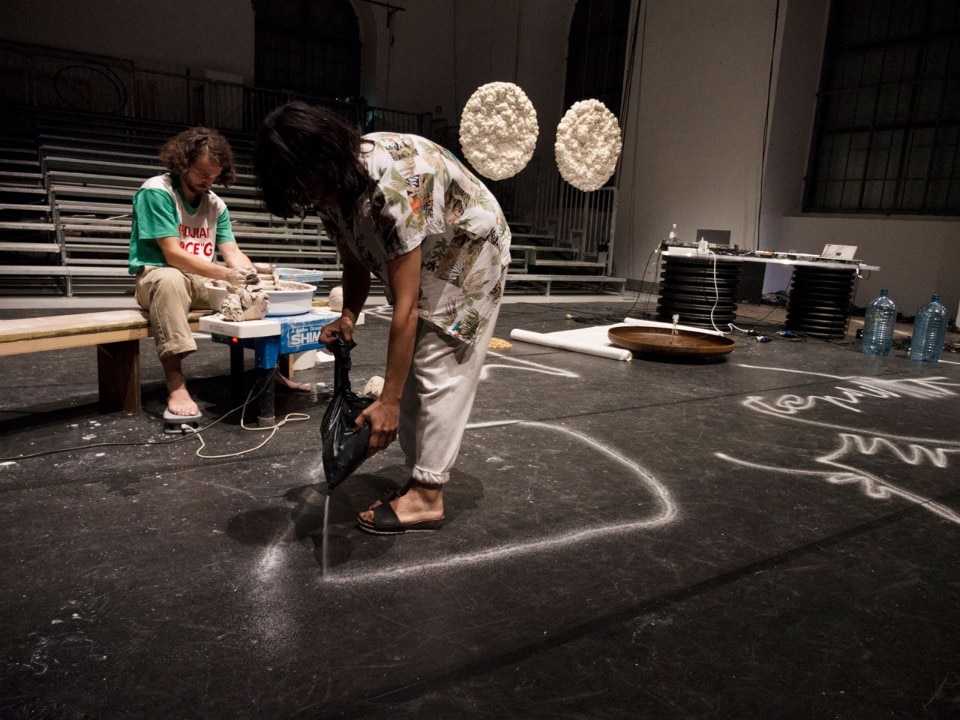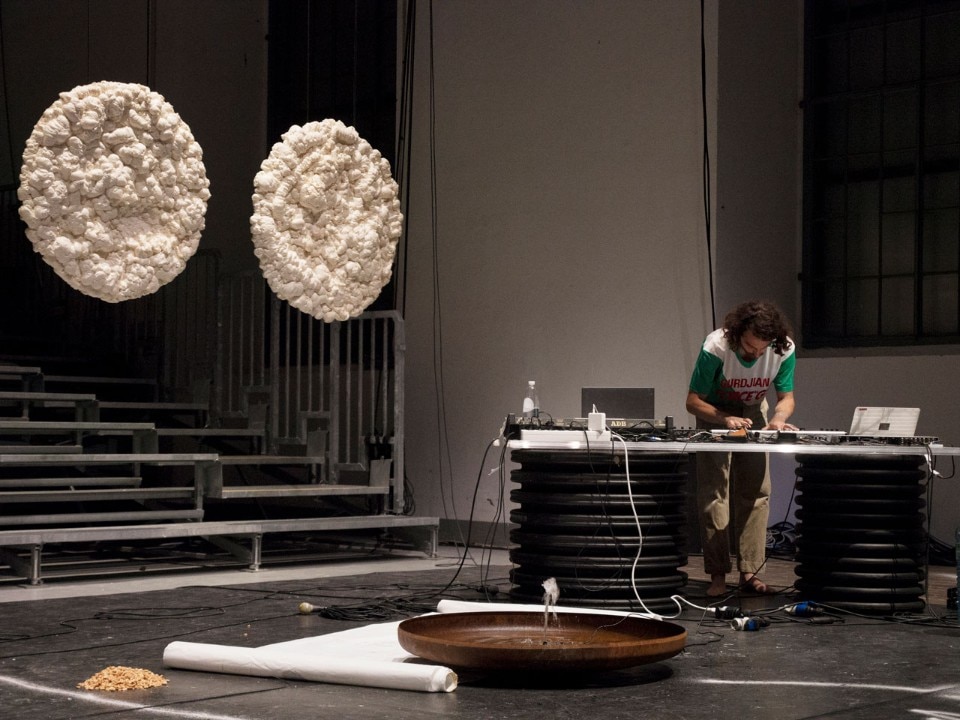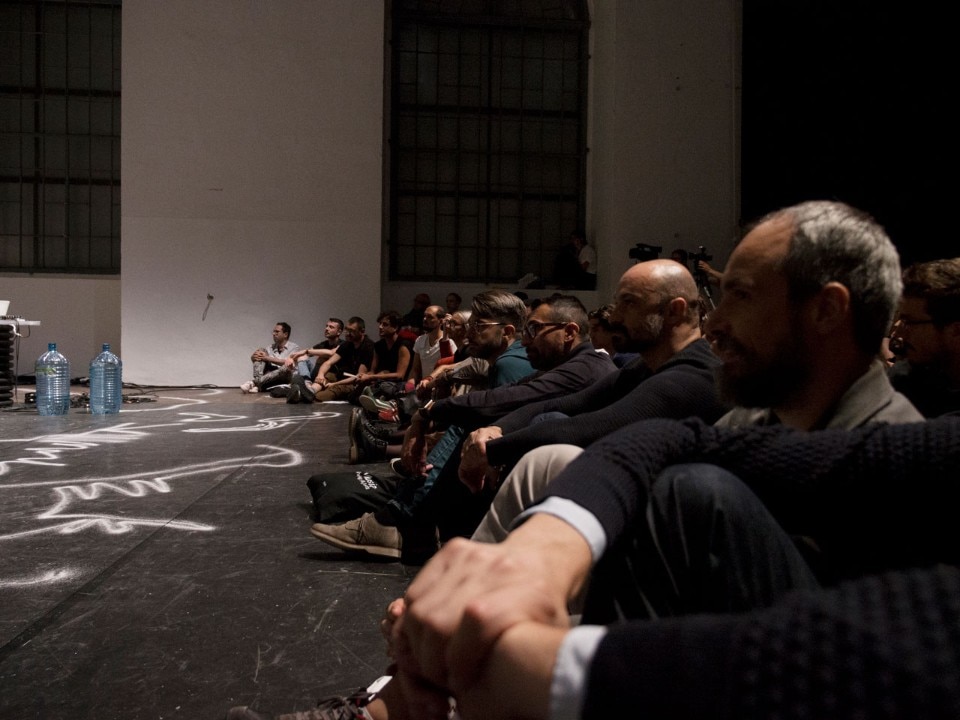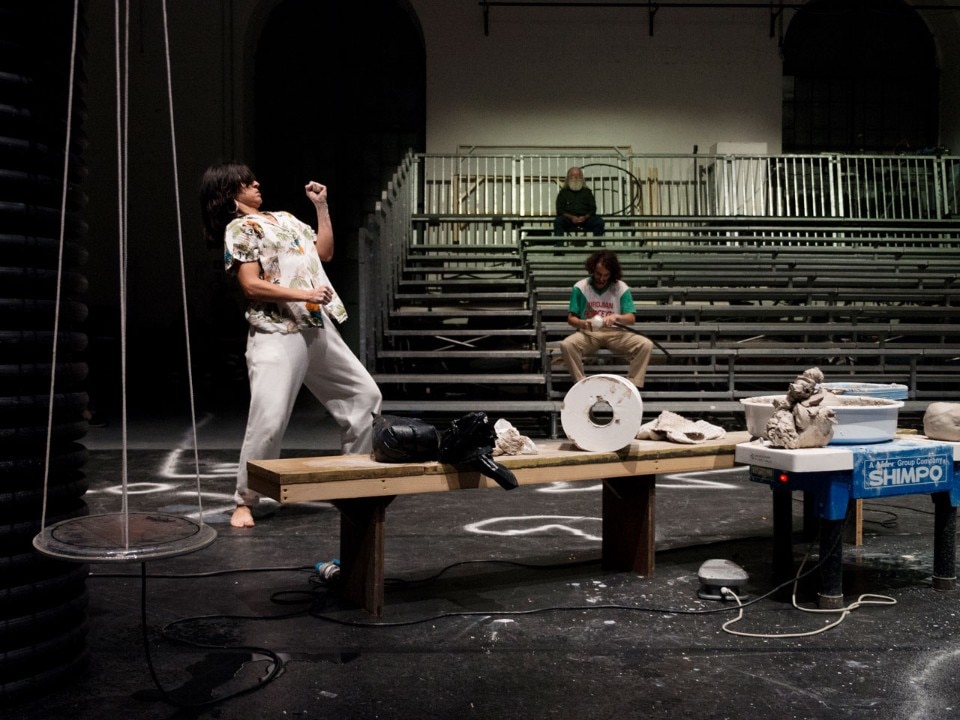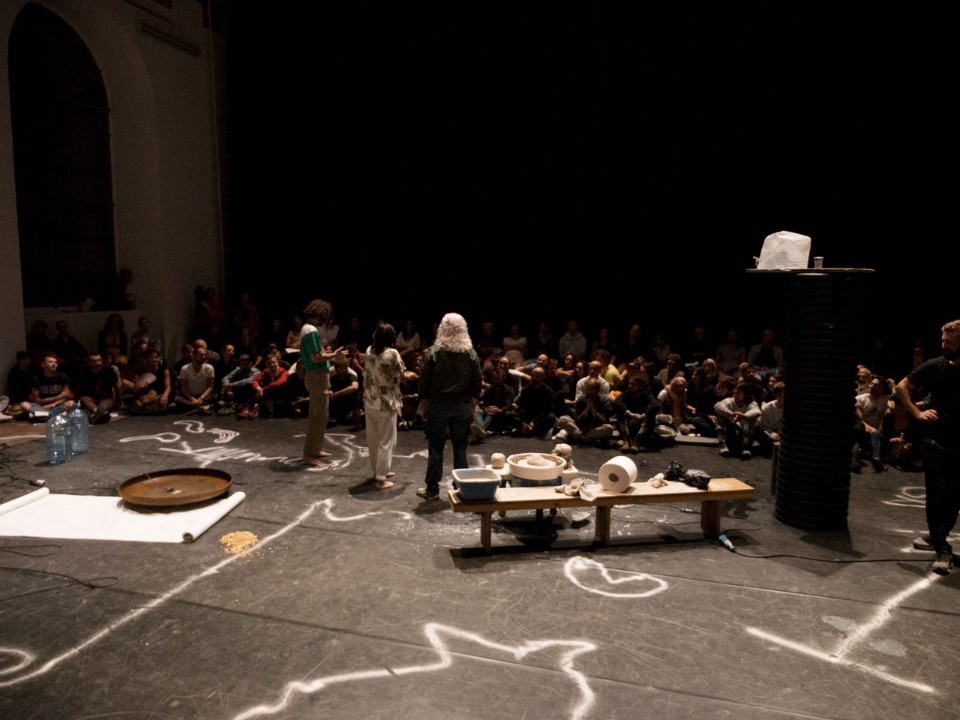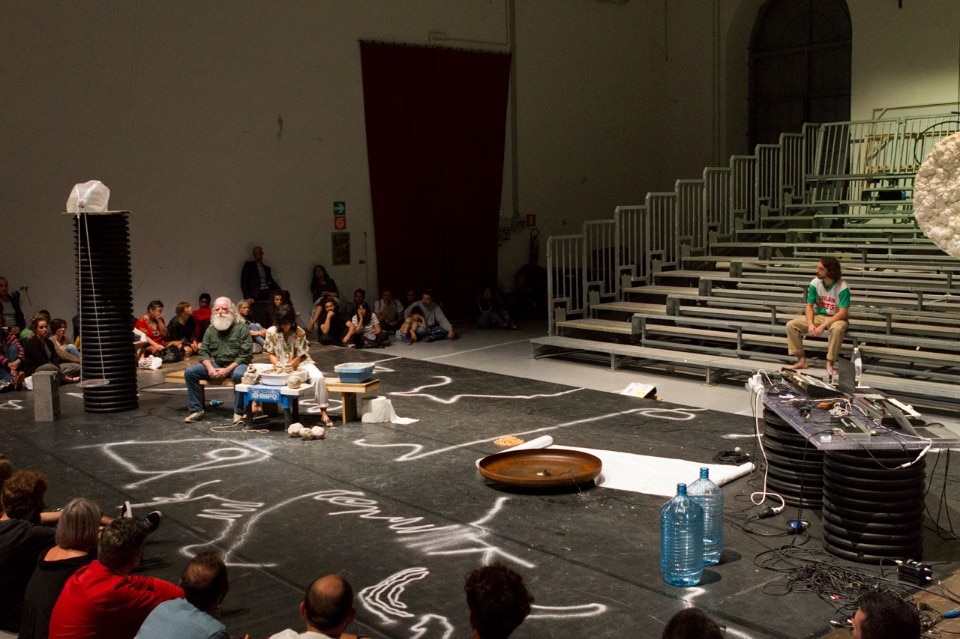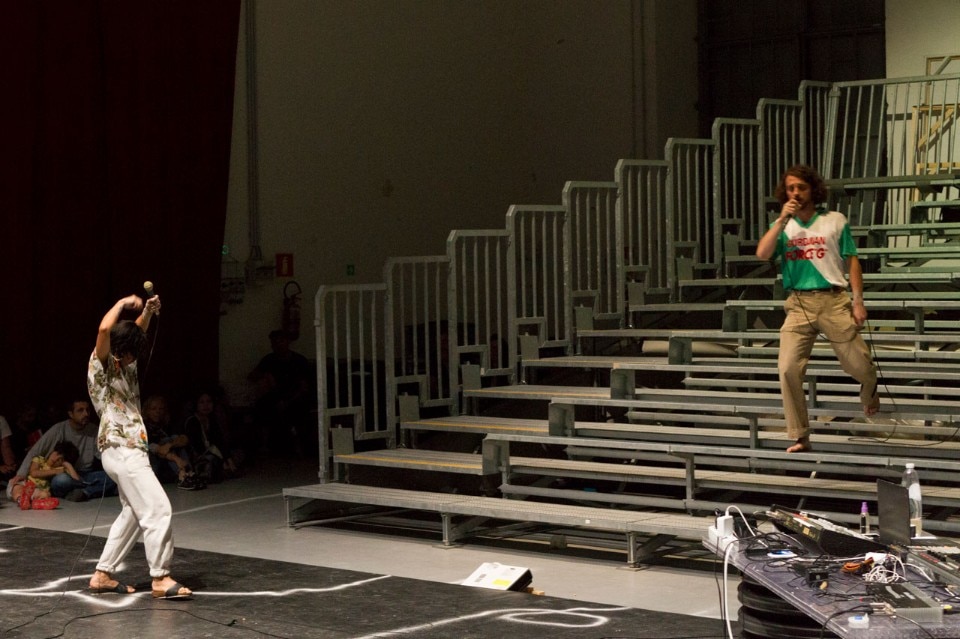The spaces within the Fies ex-hydroelectric power plant, in Dro, in the province of Trento, set among the mountains surrounding the Valle del Sarca, have seen the residence of a consistent group of artists from distant and varied countries. The act of inhabiting space in order to transform it into a location is one of the main characteristics of the “Live Works” project. This is a residency programme lasting for 10 days, where the artists concentrate on the presentation of a public performative event. The three curators have decided that this is the most suitable manner to open the “Drodesera” festival, which has been going on for over 40 years.
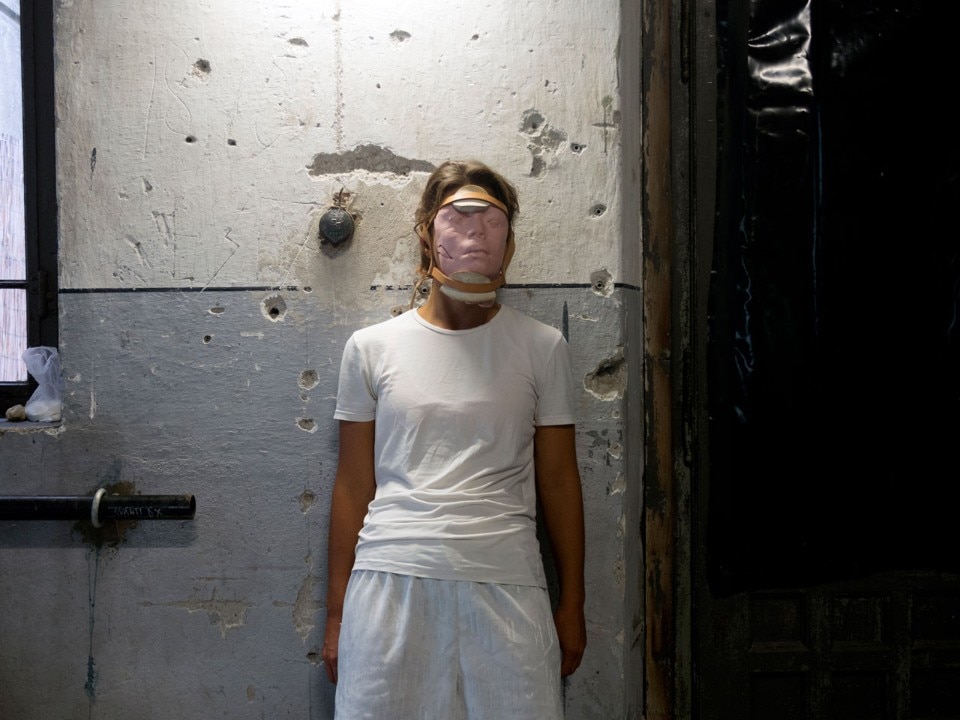
 View gallery
View gallery
“Live Works” focuses on the constantly evolving aspect of performative arts, presenting the dynamics of processes and redefining the role of representation. Through multiple presences, it presents a view of the wide-ranging contemporary scene.
Time, space, location, experience, presence, view and above all bodies are all concepts which form part of that undefinable magma which is performance. For this and many other reasons, which inevitably escape retrospective linguistic description, “Live Works” has much in common with performance and the impossibility of defining it, assuming the responsibility of offering an examination of its constant evolution. This year’s 12 proposals are not grouped under specific themes. The possible narrations which can form and combine in the mind of the spectator are ephemeral and subjective.
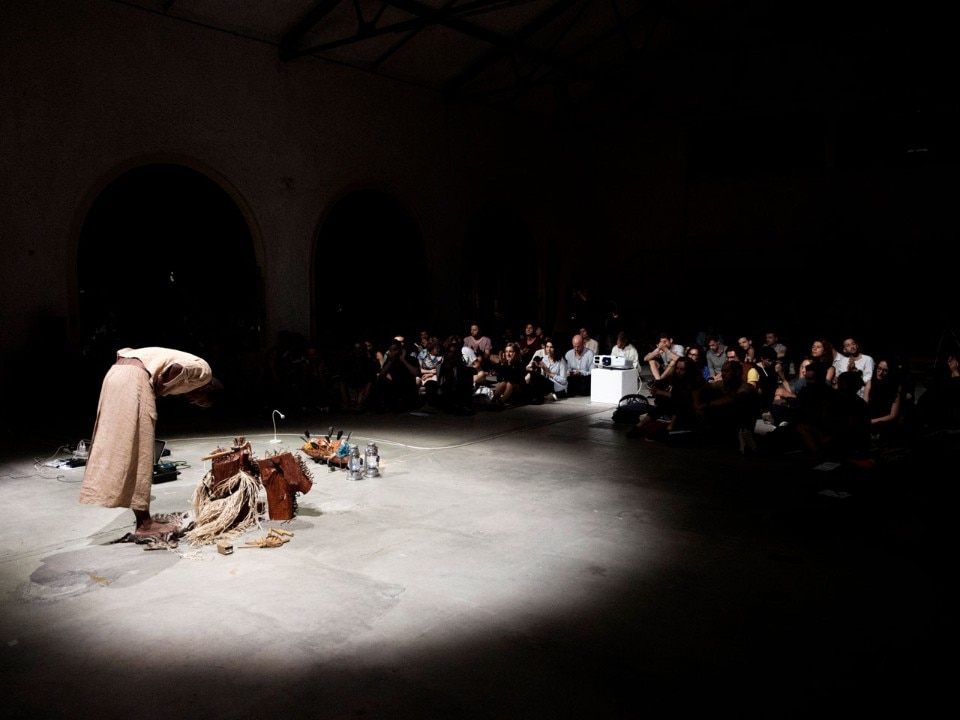
 View gallery
View gallery
The first common thread which emerges in my view of the projects is that of the fragment, seen as a representation of the past which helps us to understand the present and reflect on the future. Through the bodies of three performers, tied to anthropomorphic objects, the Argentinian Cinthia De Levie rehabilitates the casts in the National Museum of Anthropology in the City of Mexico. The work of Christian Botale Molebo presents objects originating from Congo which, transported to Belgium, change value to become part of a different museum-associated ritual. Judith Raum reads a piece, which she wrote herself, in which she examines rocks from the Mesopotamia region as though they were fragments of history returned by the colonialists, over which images by the diplomat and photographer Gertrude Bell (1884-1926) are superimposed, creating a bridge of influences between dominator and the dominated. In a simple, minimalist and wordless action, Nyakallo Maleke breaks small objects such as bricks and wires, emphasising the fragility of each form. Instead, through words and narration, Ely Dalou presents fragments of her memories of her childhood in Beirut, with the aid of an impromptu map projected on the wall.
This common thematic thread is concluded with the work of Ursula Mayer, composed of a piece written by Chris McCormack and presented by Jade Montserrat, which expresses a series of reflections on the present, past and future, beginning with the idea of the coccyx as an evolutionary fragment and sign.
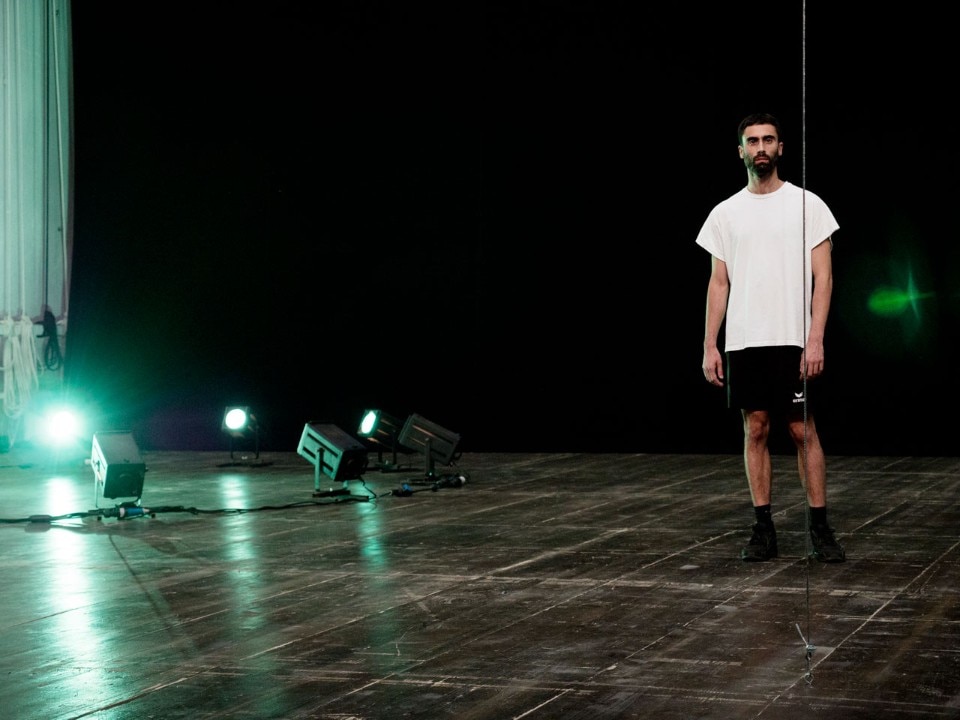
 View gallery
View gallery
The projects by Michele Rizzo, Beto Shwafaty and Rodrigo Battista concentrate on the present and its presence. Michele Rizzo focuses his point of view to create a meeting point between the stage and the audience, while maintaining a physical and conceptual distance between the two. Beto Shwafaty accompanies us in the reading of one of his films, (Afastando el Pueblo, Fantasmas de la Riqueza), in relation to the cinematographic movement of Pornomiséria. Emphasising the political use of images which translate the poverty and wealth found in South American countries, Shwafaty asks what the role of the observer is, a question which he puts directly to the audience present, who find themselves framed and projected within the room. Rodrigo Battista makes his cry of protest against the current political situation in his country, Brazil, exposing violence, stereotypes and political hypocrisy in a blend of expressive ferocity and pop dance.
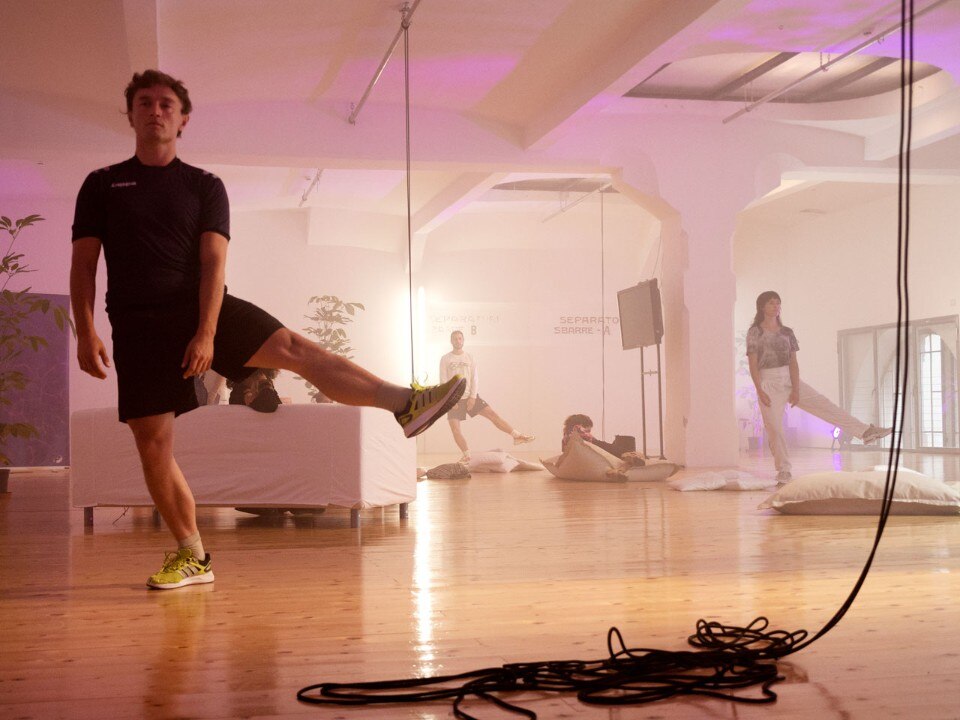
 View gallery
View gallery
Reza Mirabi, Phumulani Ntuli, and Anne Lise Le Gac, together with Arthur Cambry, speak to us of uncertainty for the future. In a suspended time and place, in which the idea of brands and commerce is present, Mirabi - accompanied by another two dancers - uses the codes of the contemporary world to examine a not-so-distant future without undefined identifying categories. Phumulani Ntuli uses the practice of mixing and the concept of cyber to create an interweaving of the notions of time and history.
Lastly, the meeting between Anne Lise Le Gac and Arthur Cambry results in a new language, in which understanding is not necessary. Here, disjointed dance and birdsong (performed live by a local warbler) overshadow the dominion of words. But there are many other possible interconnections between the projects in “Live Works” which, through the past, present and future, describe the vital and constant flow of performance art.
- Event title:
- Live Works
- Curators:
- Barbara Boninsegna, Simone Frangi, Daniel Blanga Gubbay
- Venue:
- Centrale Fies
- Address:
- Località Fies 1, Dro (Trento)


